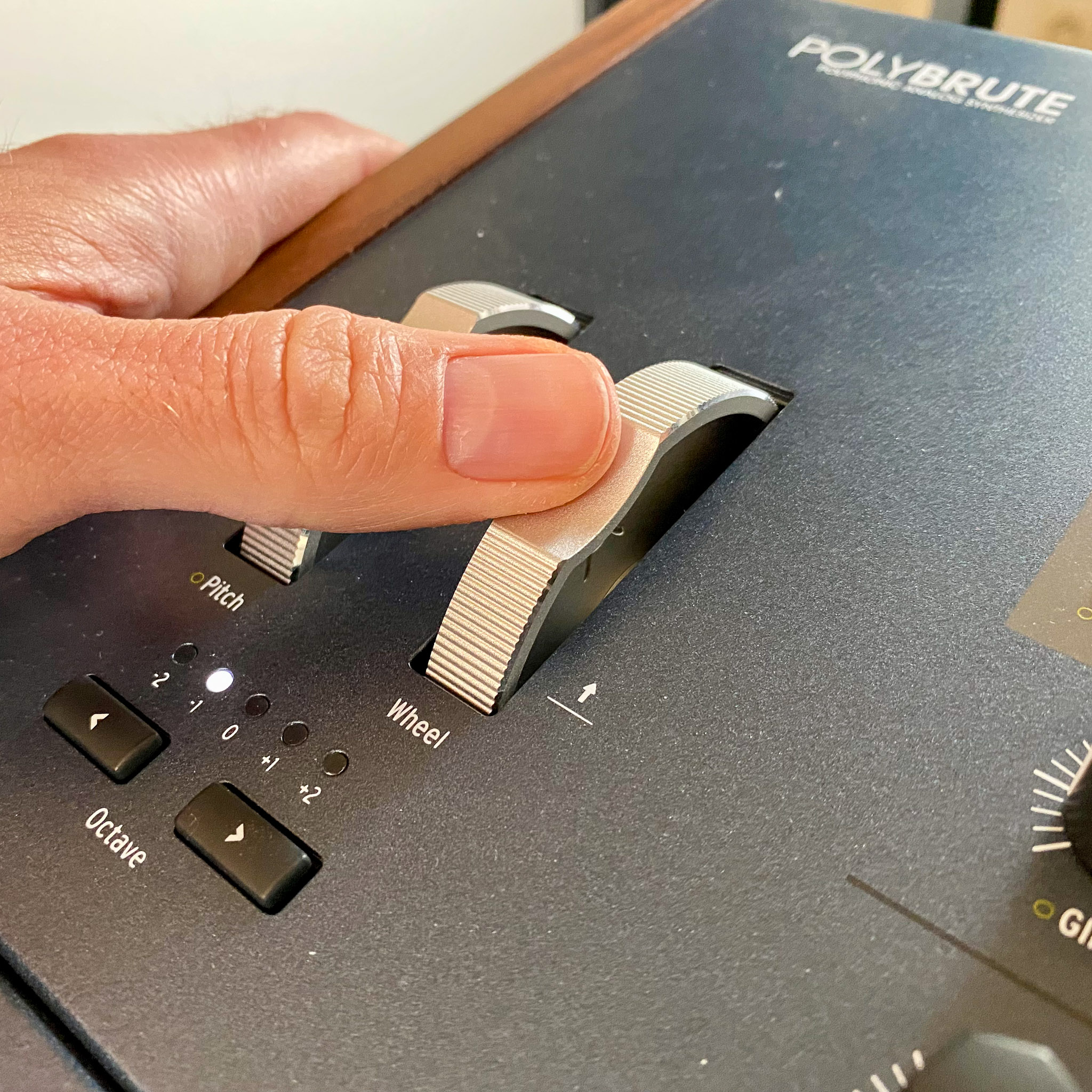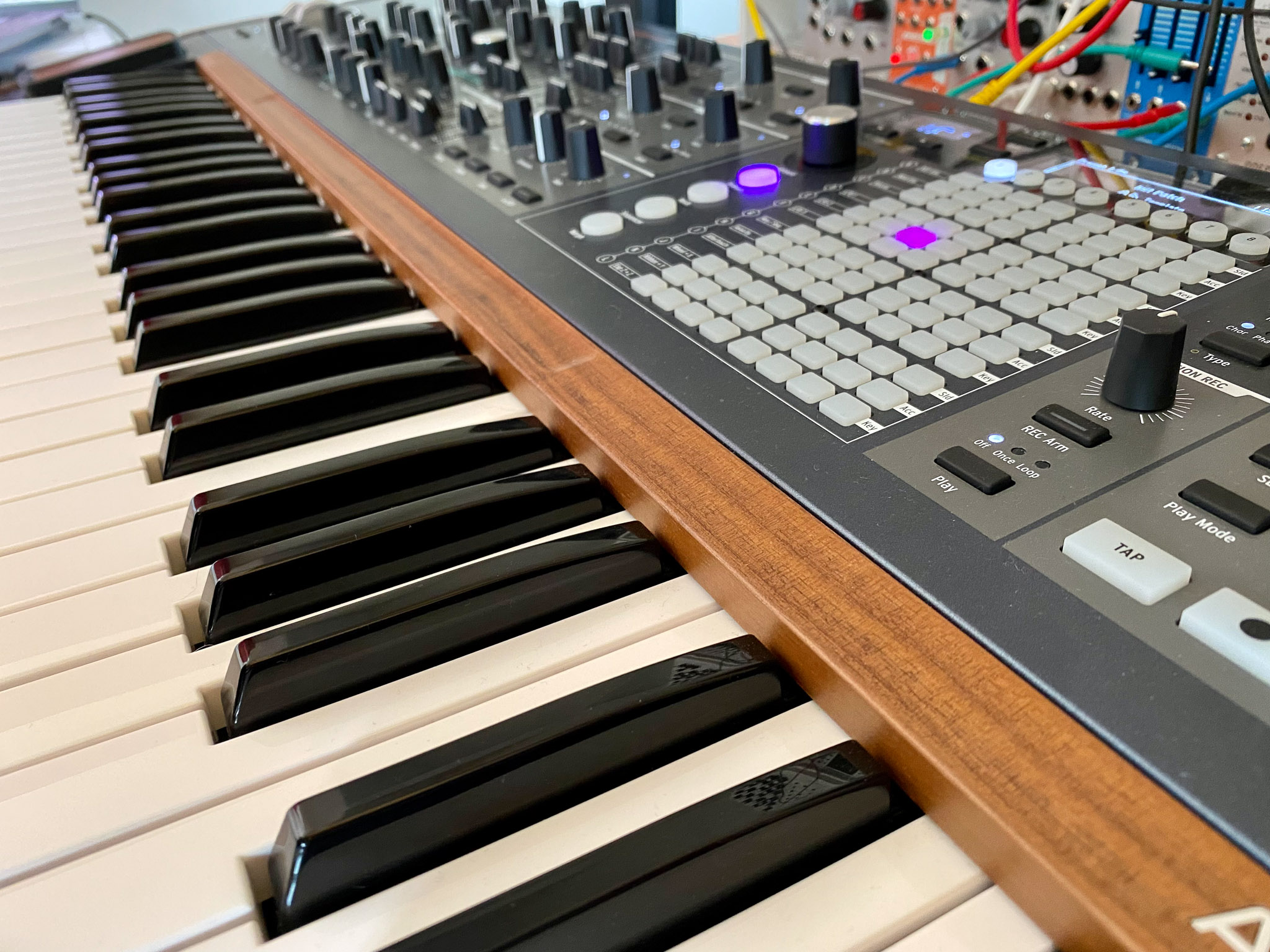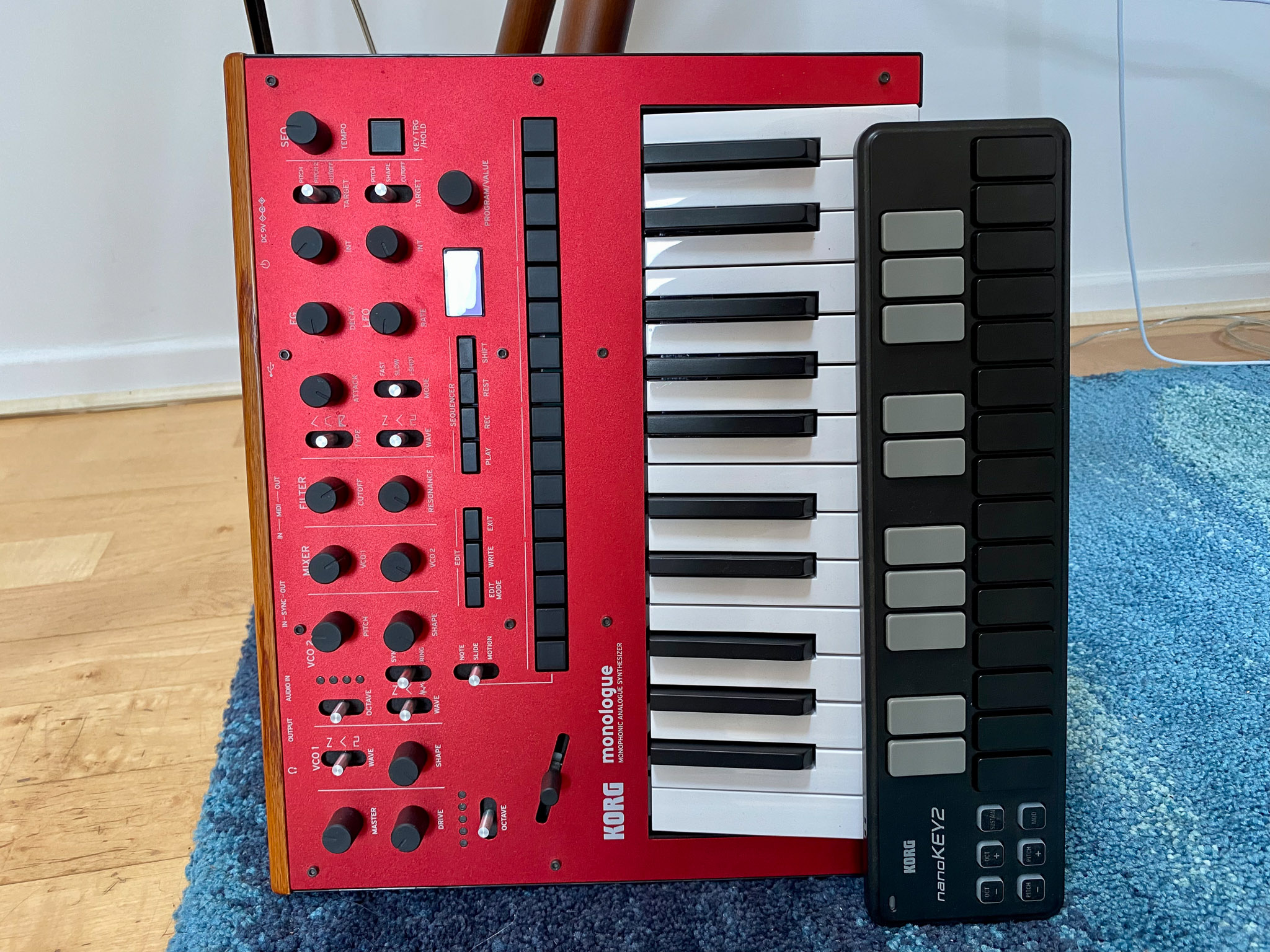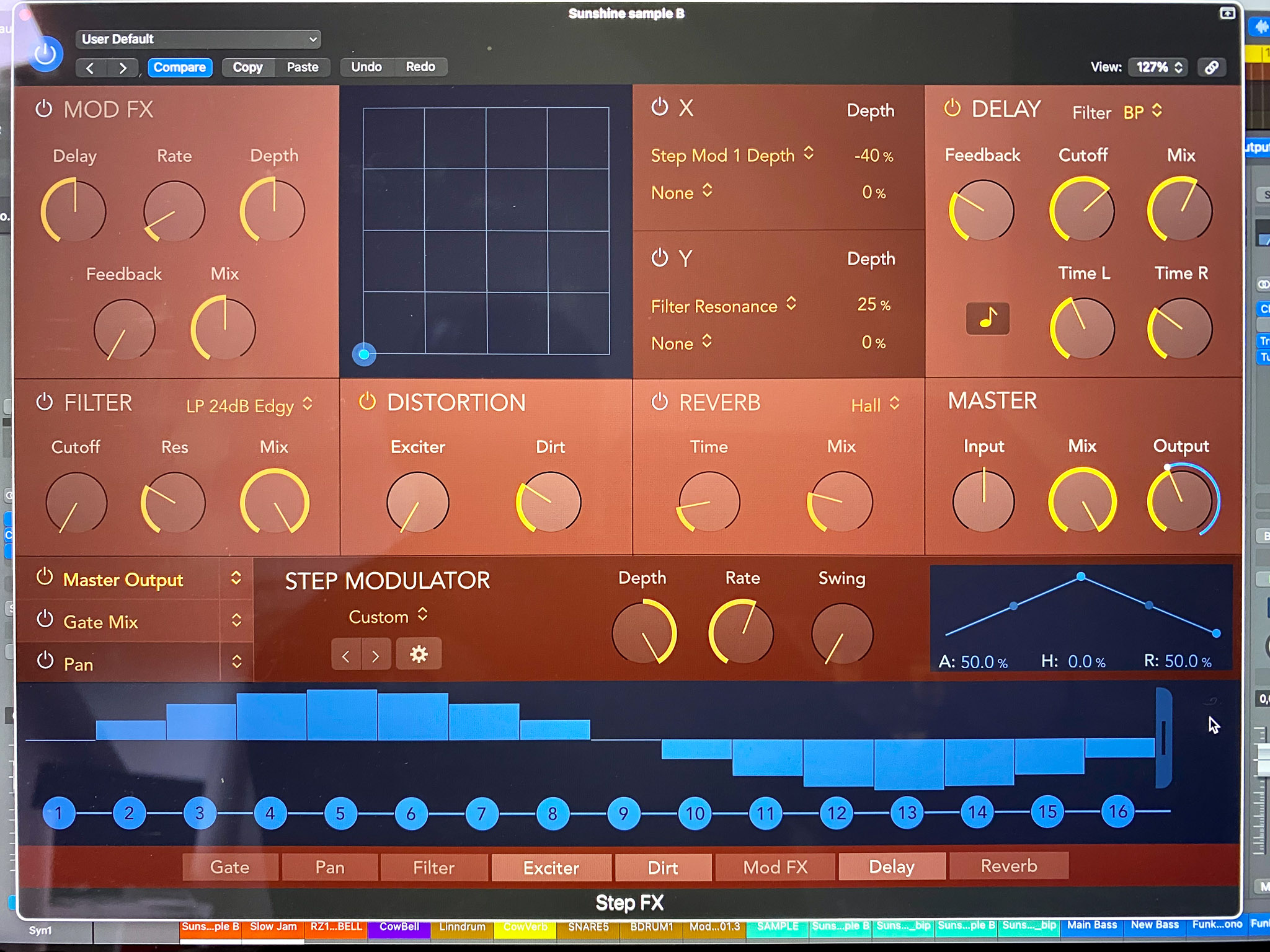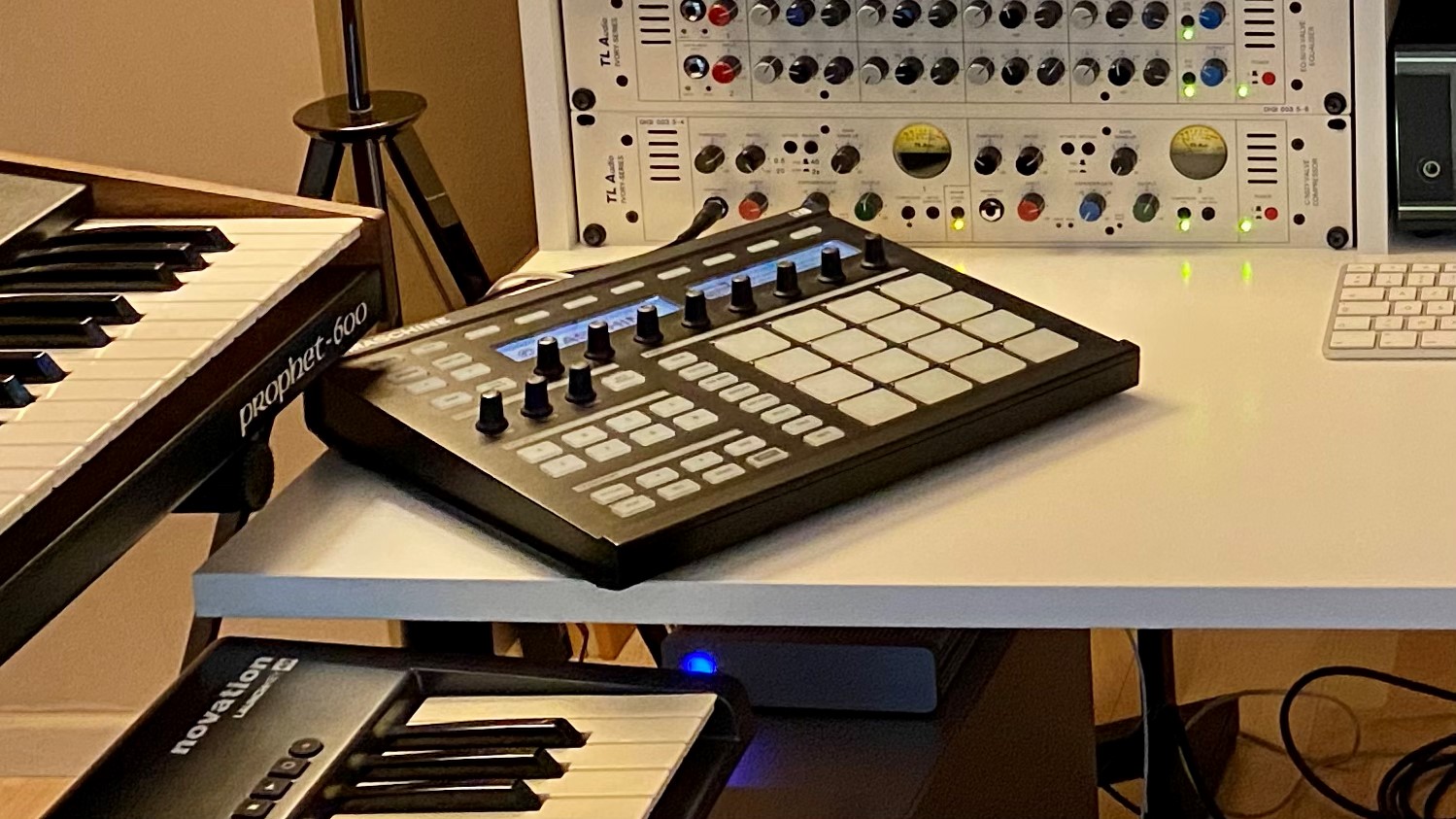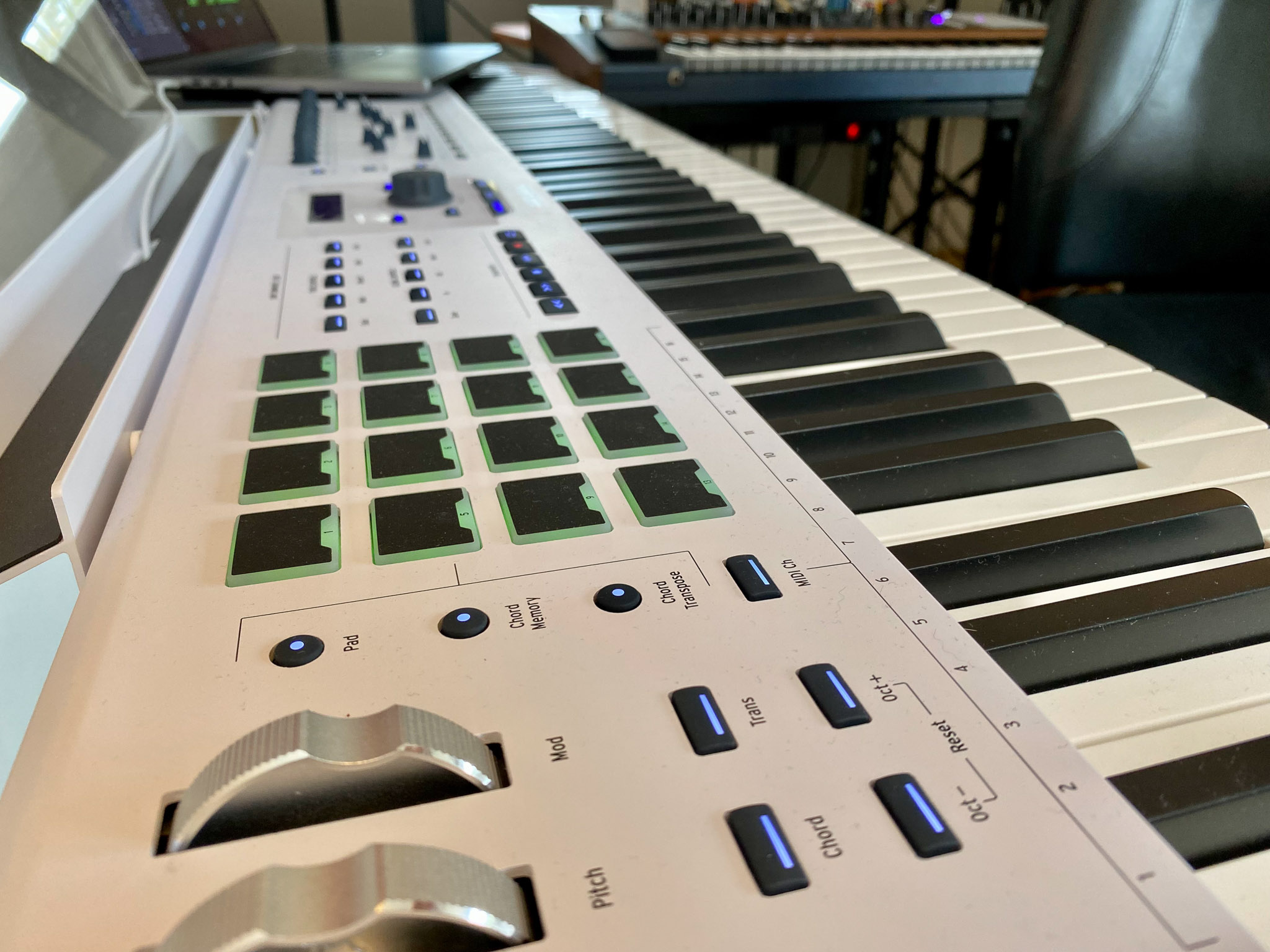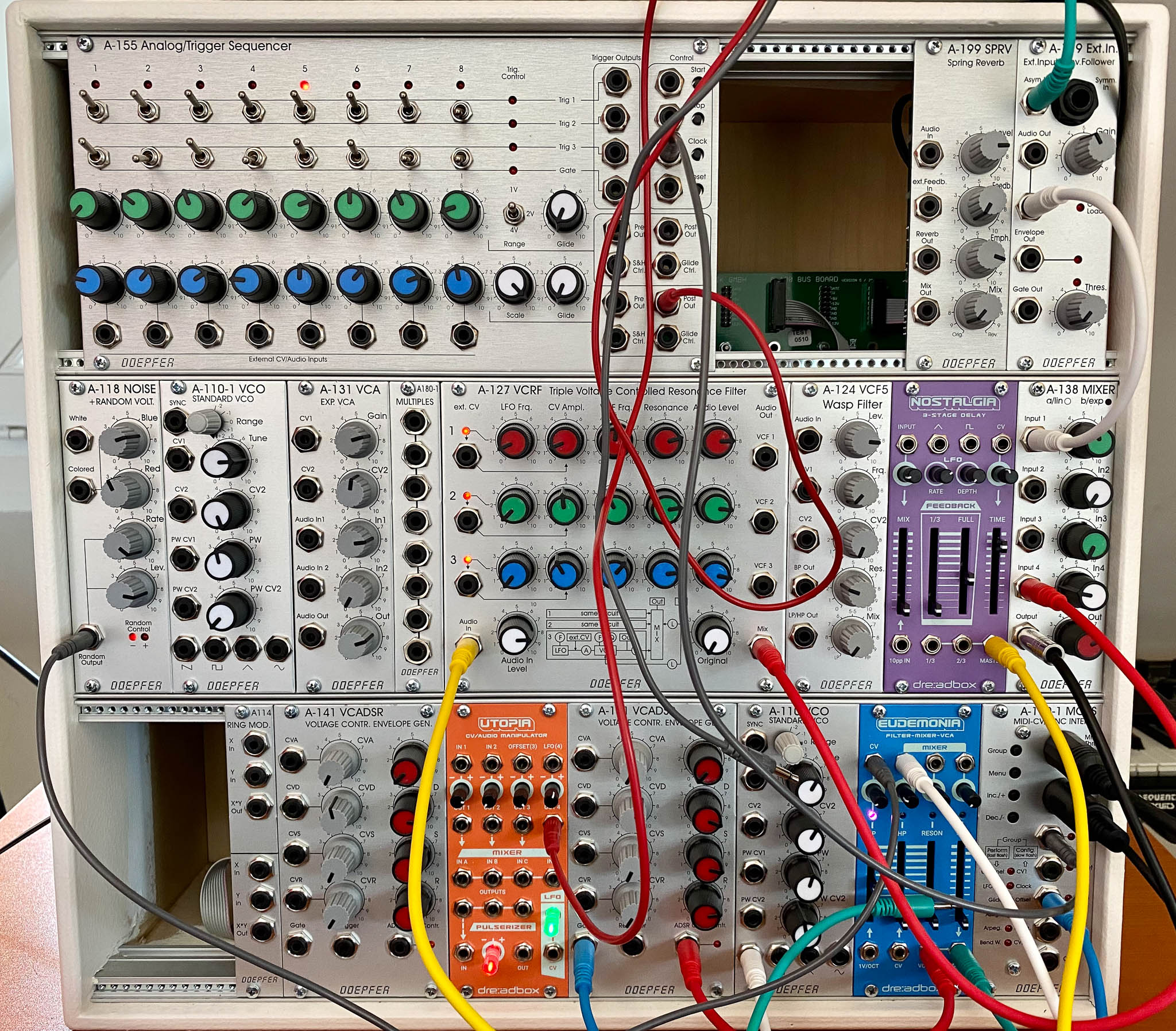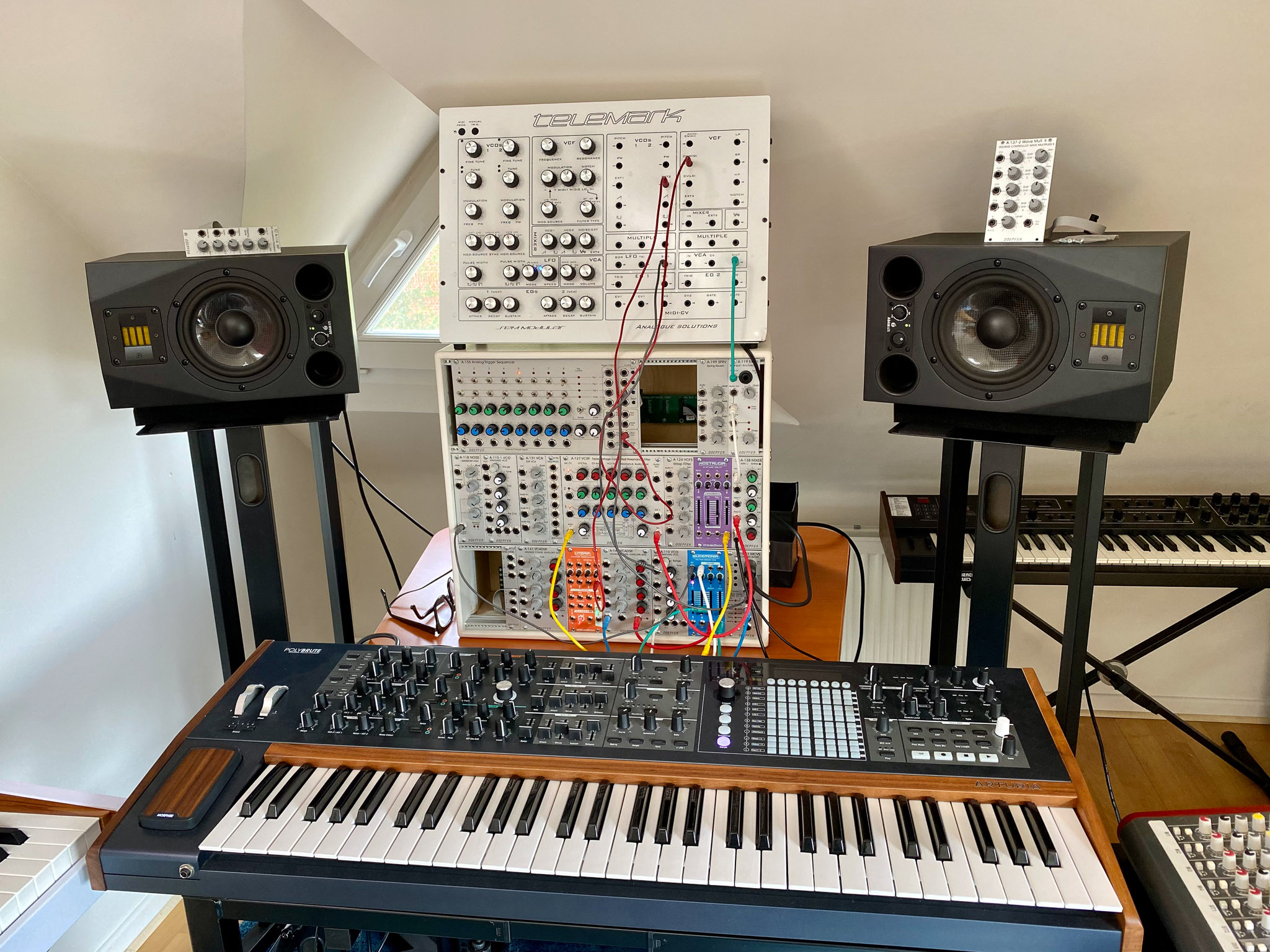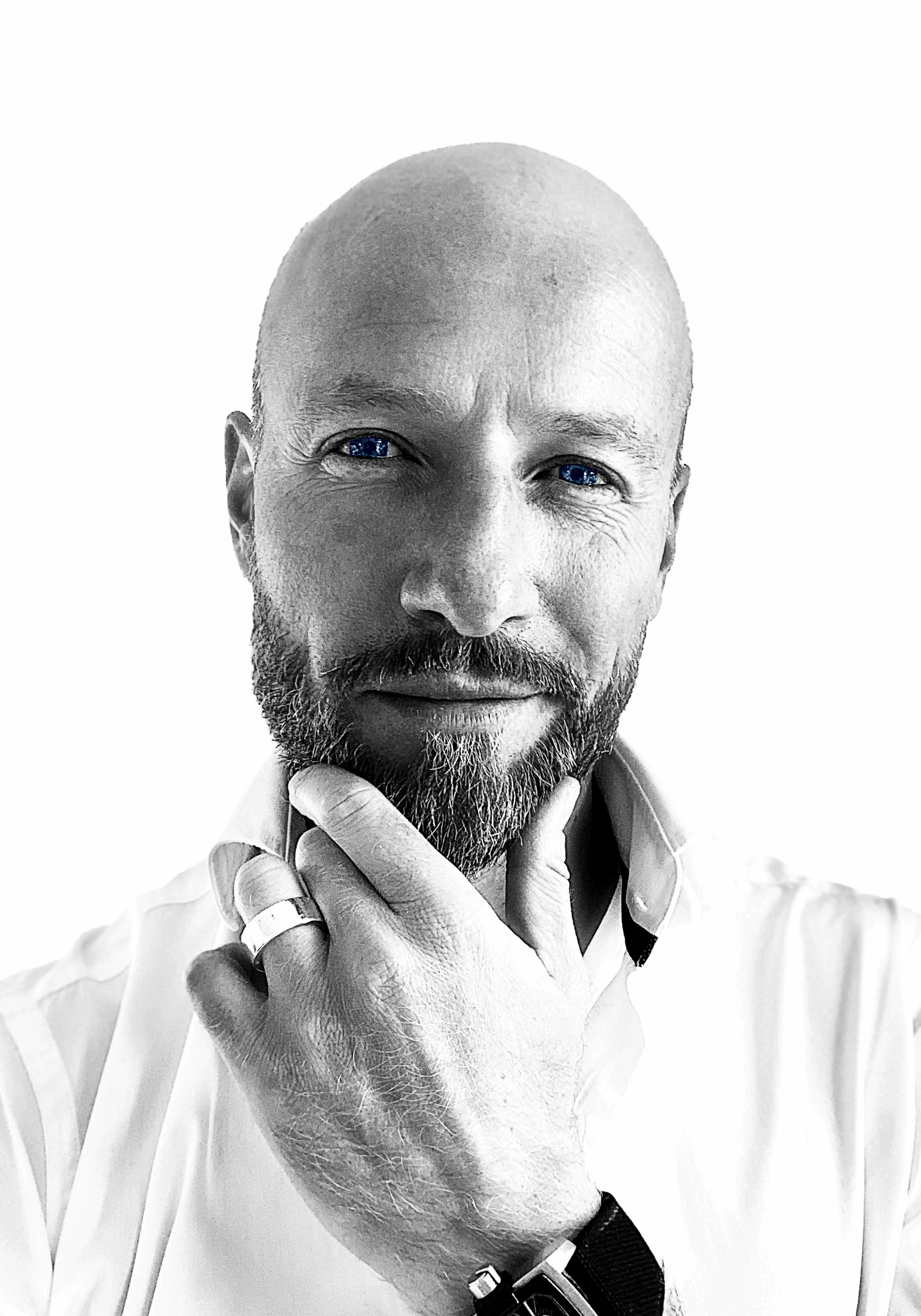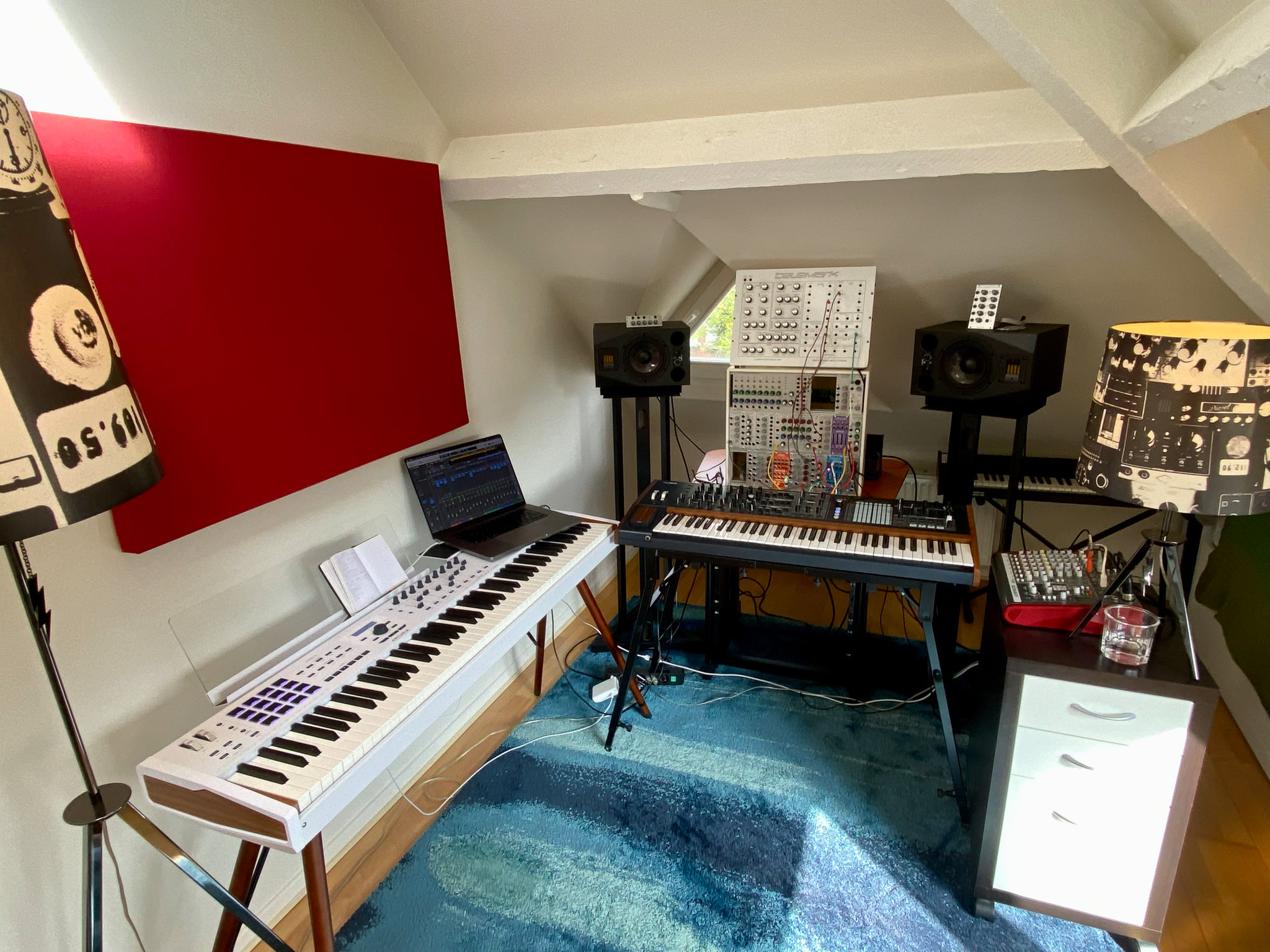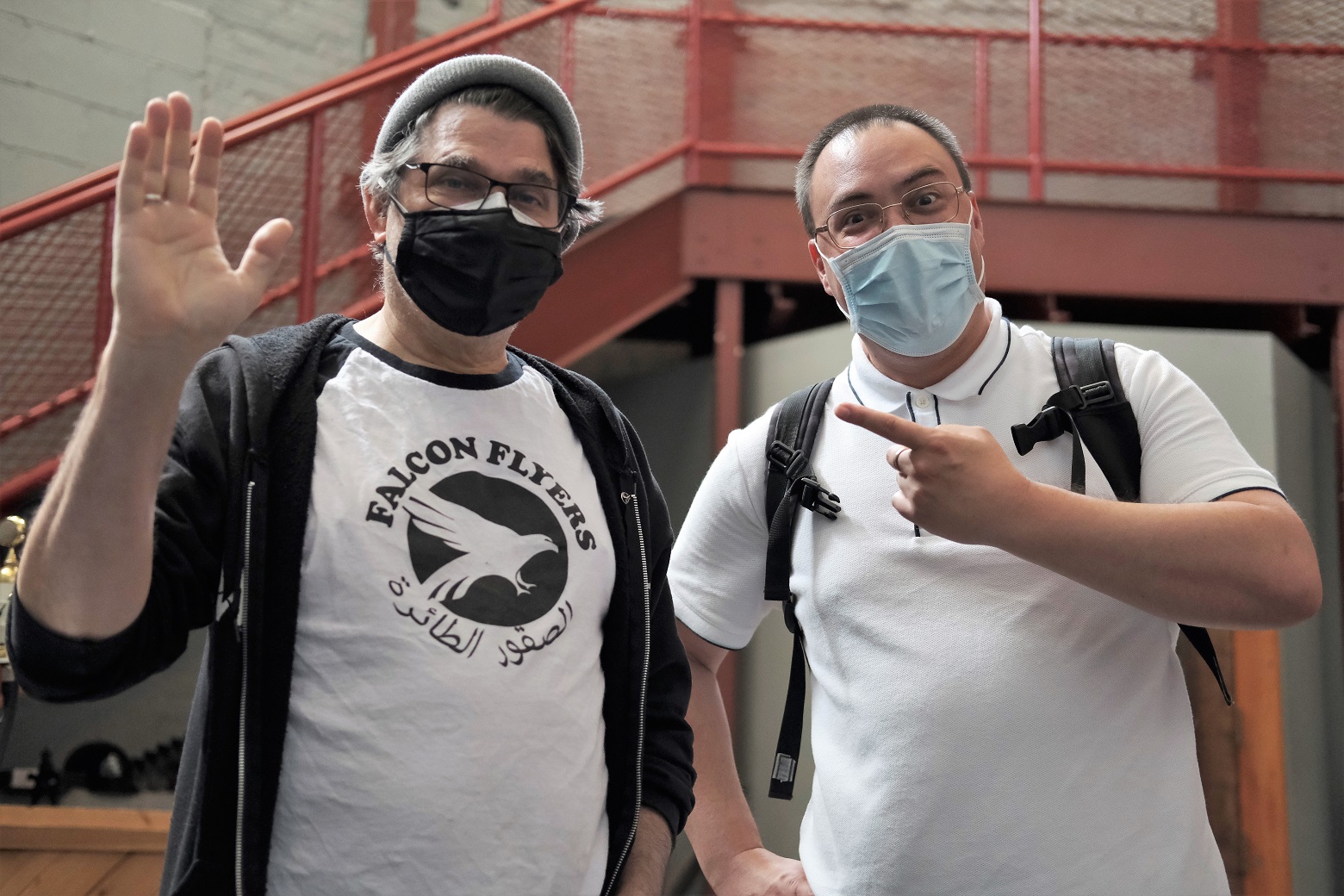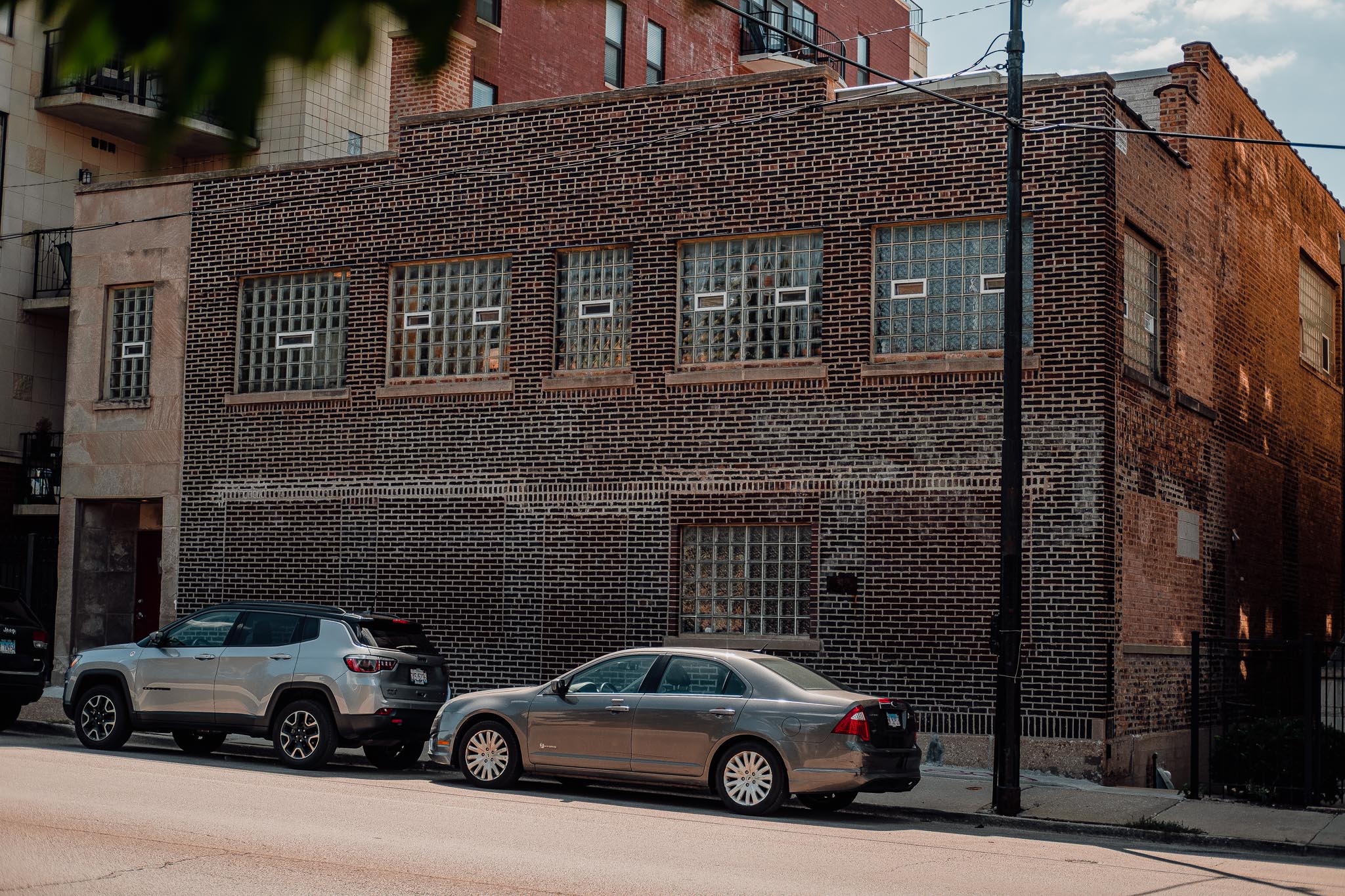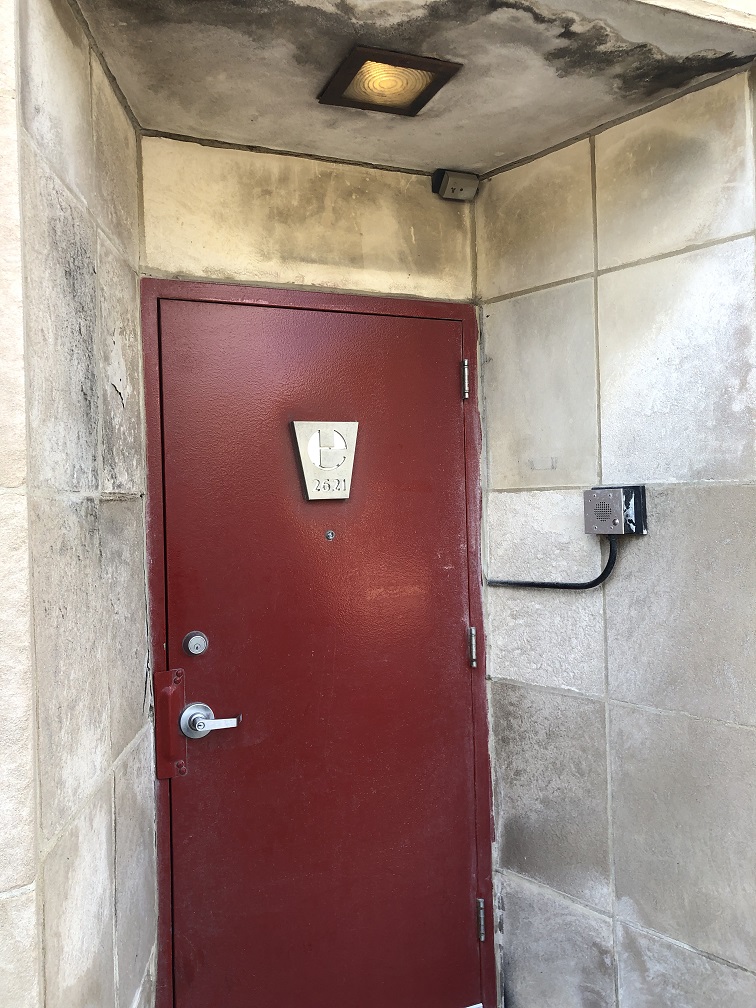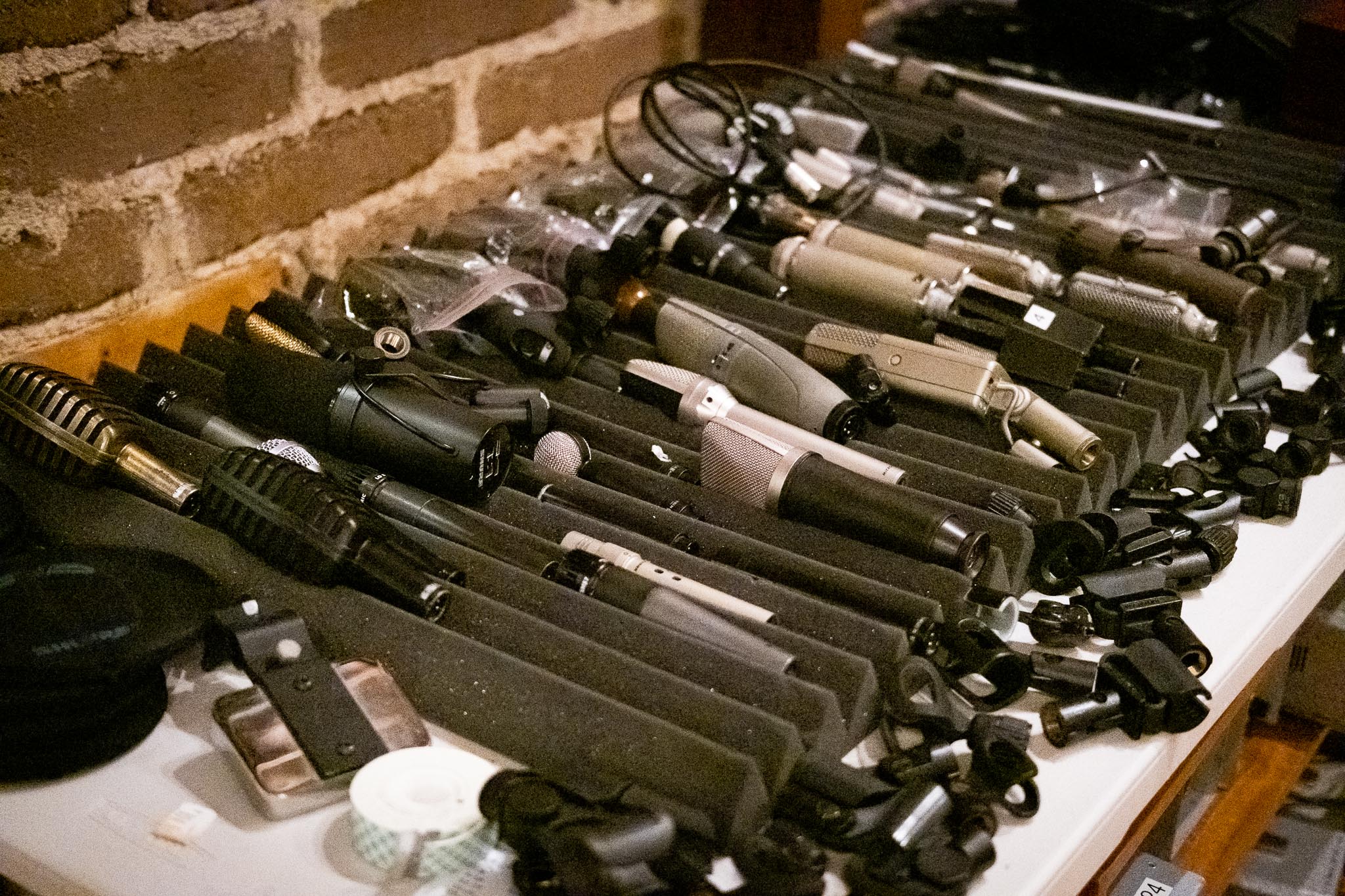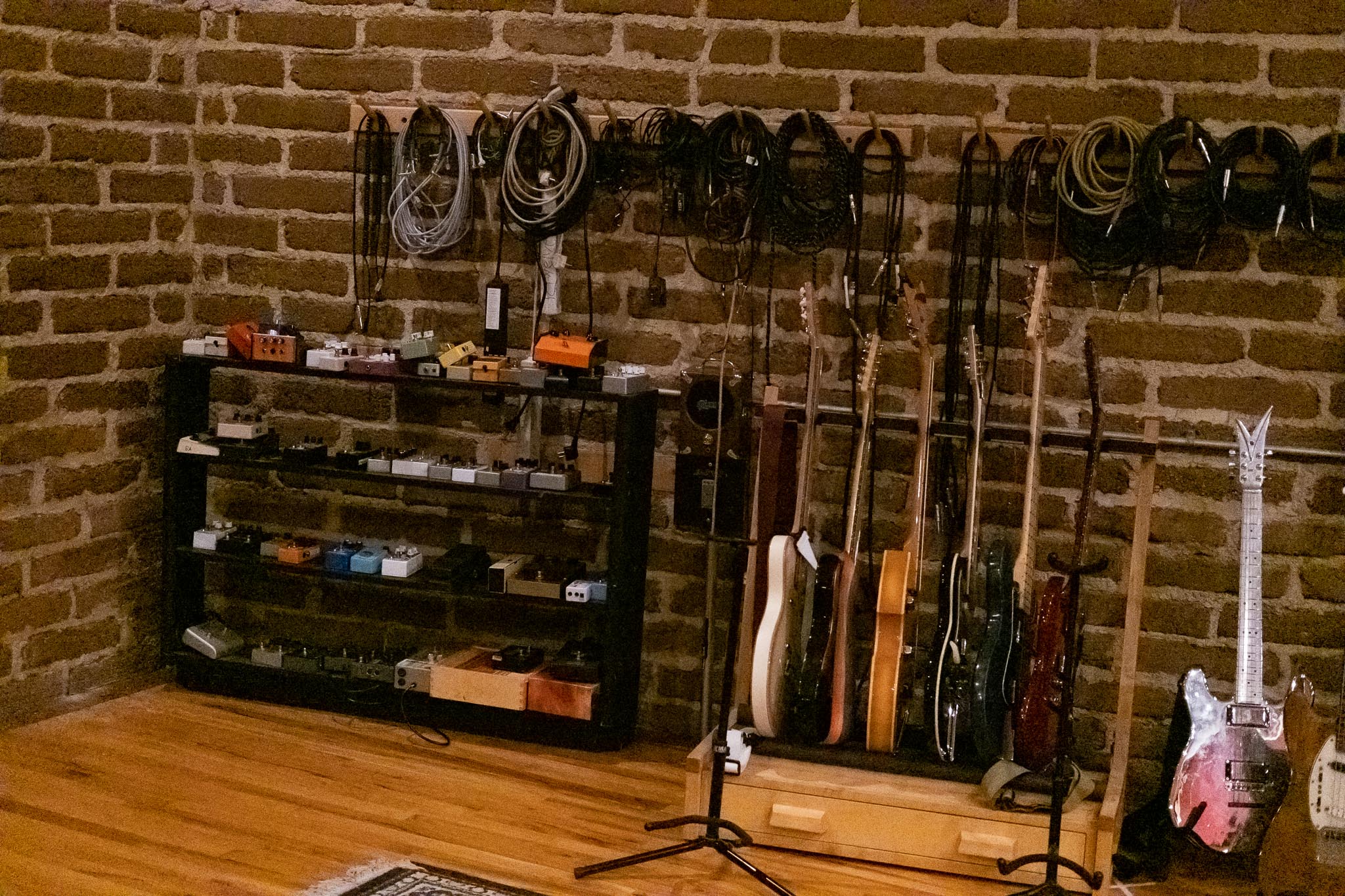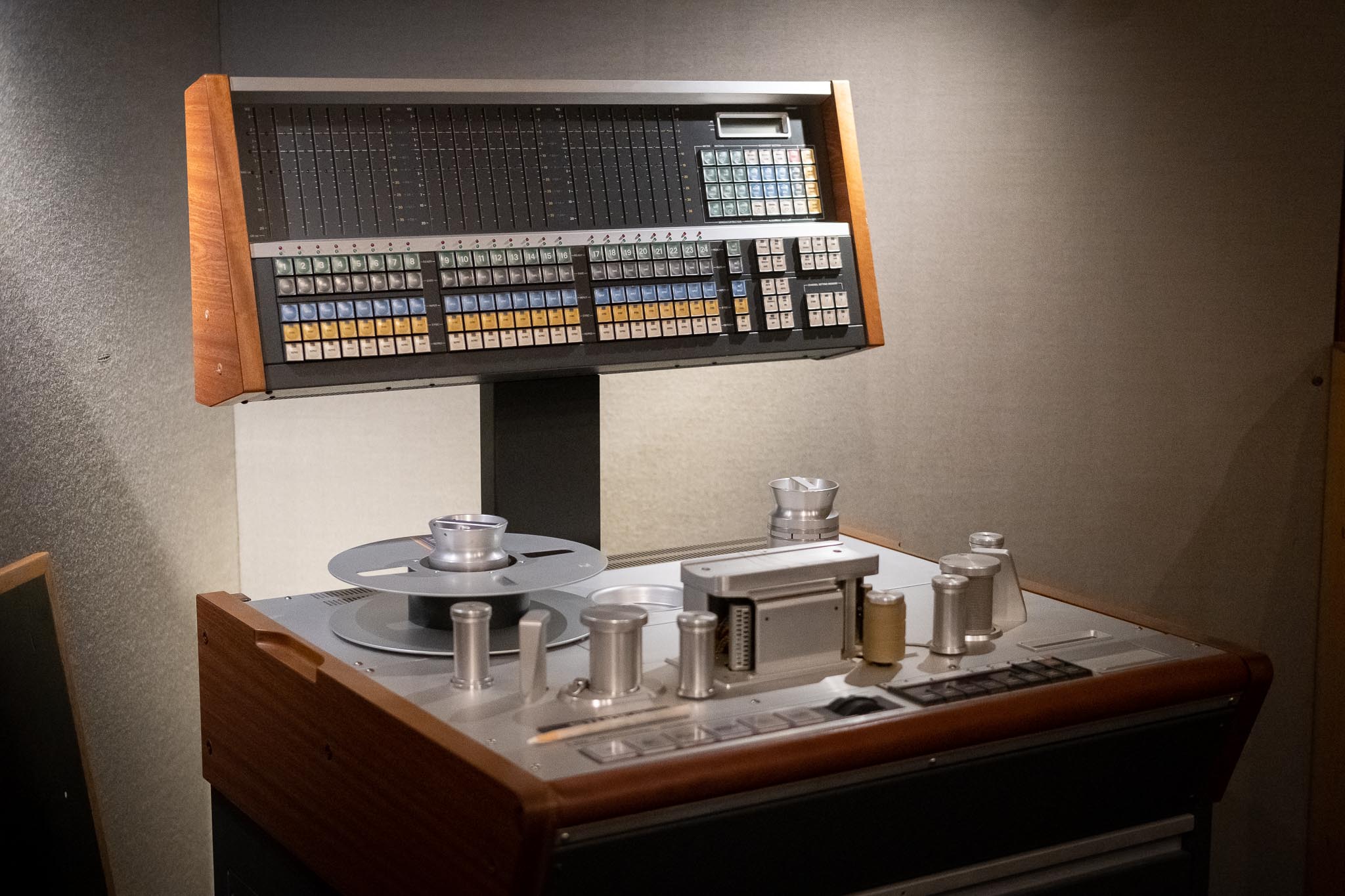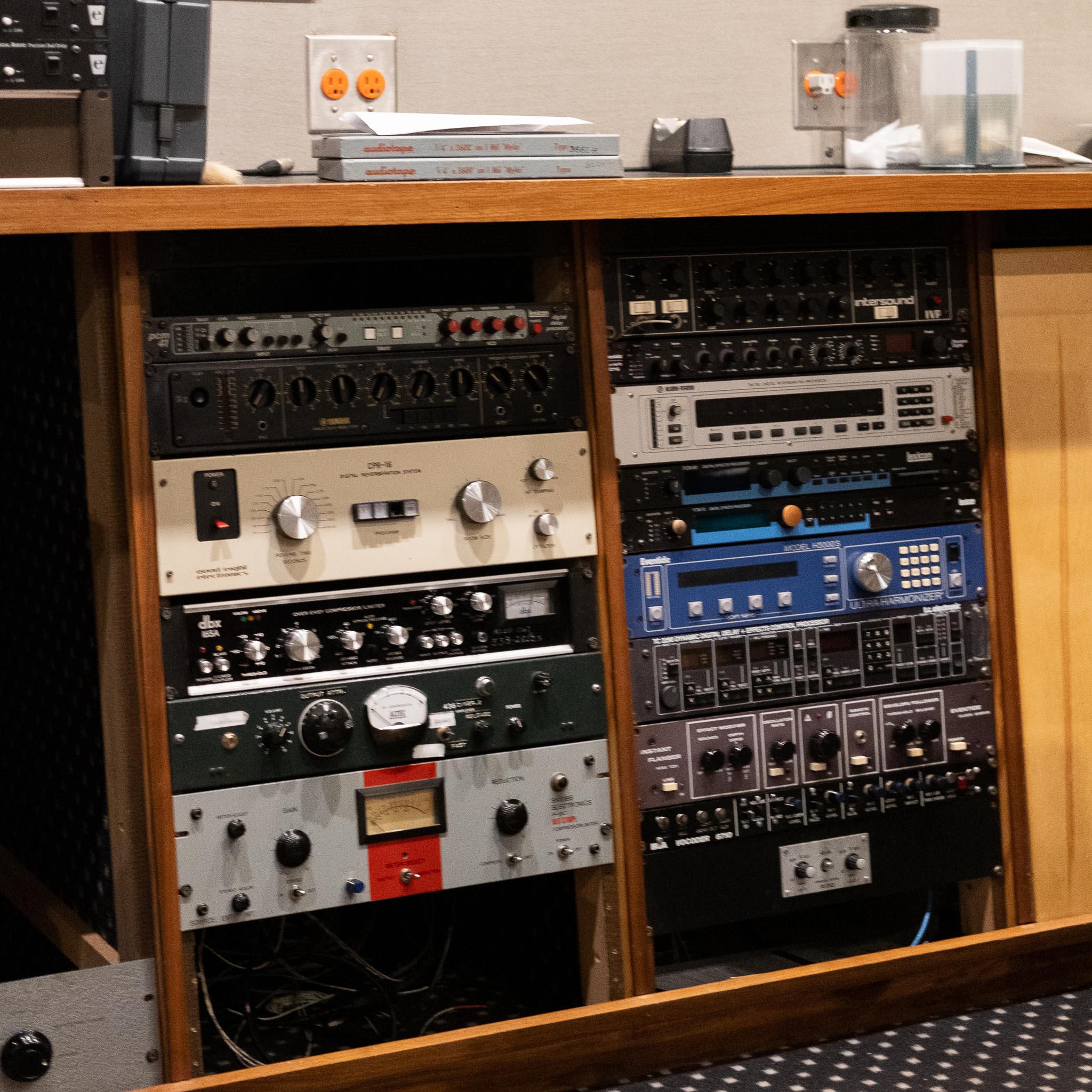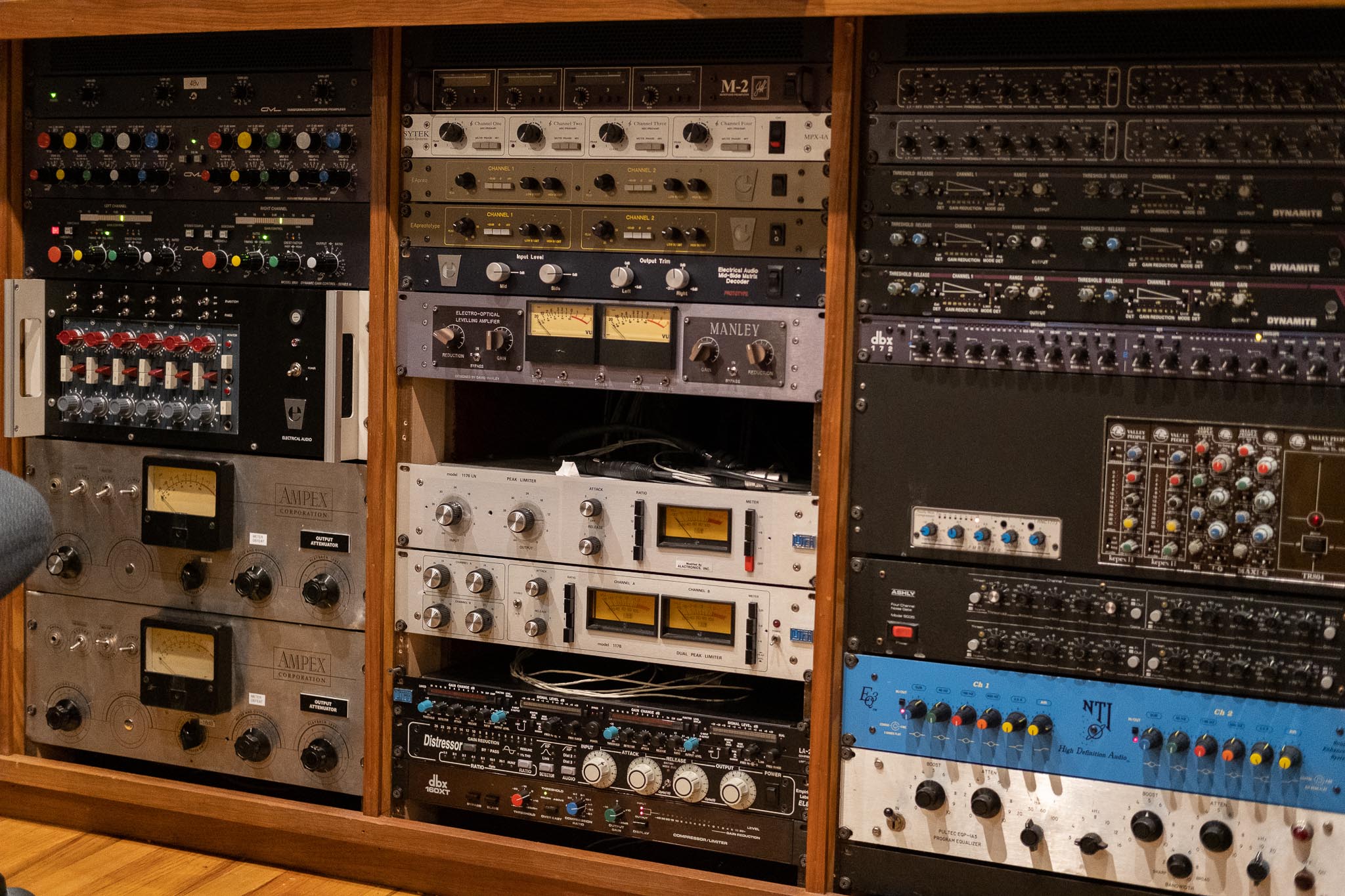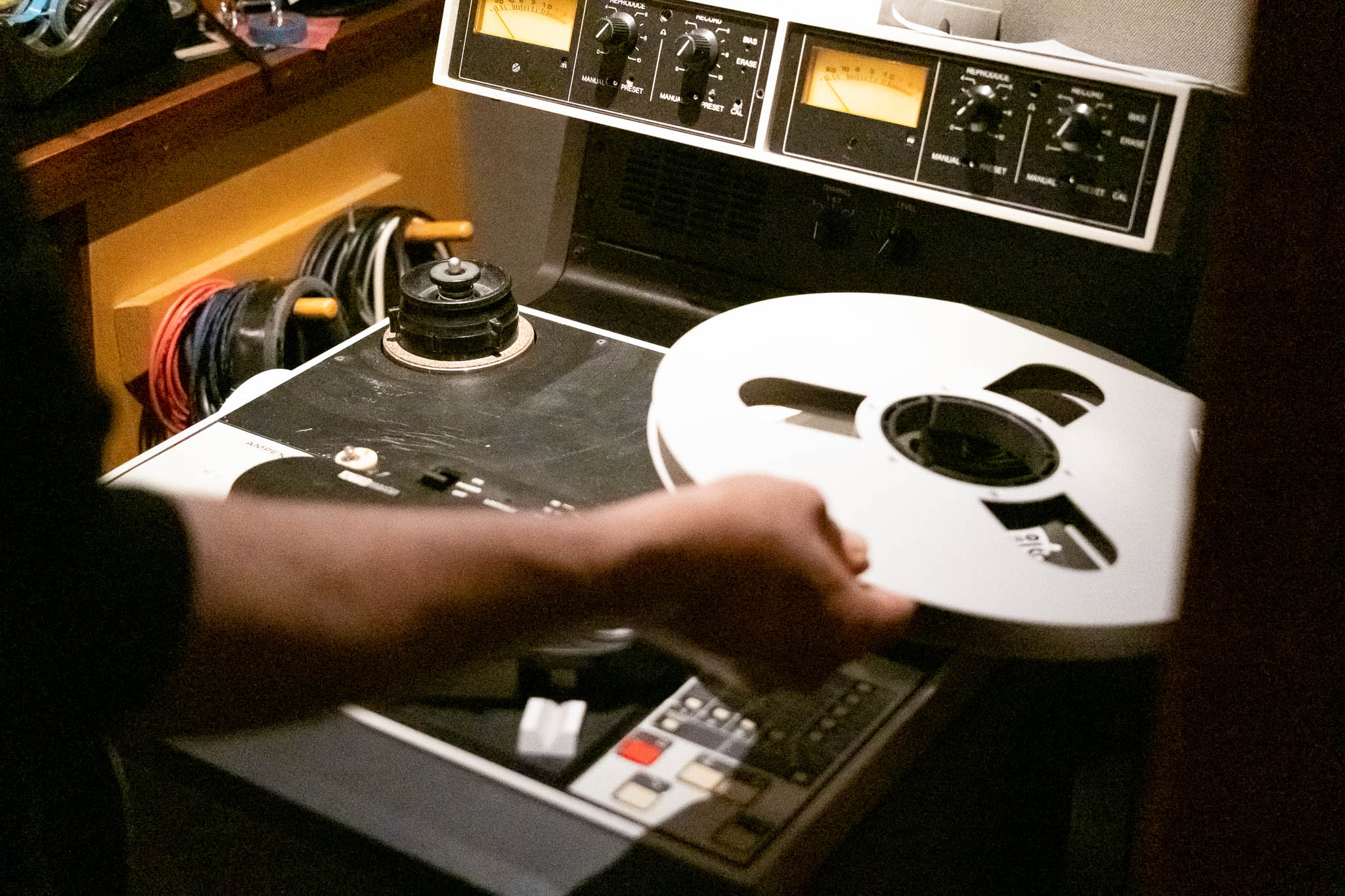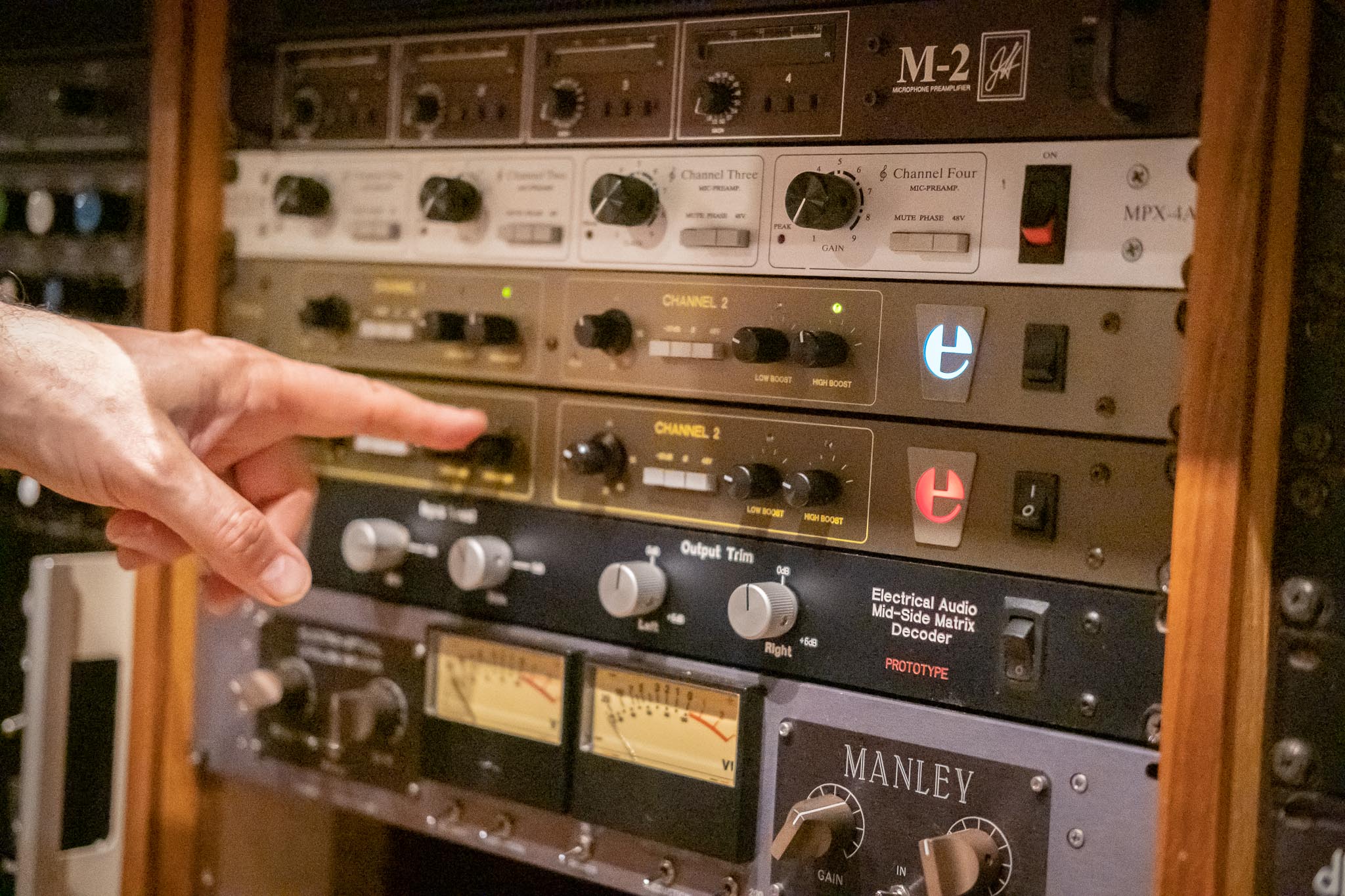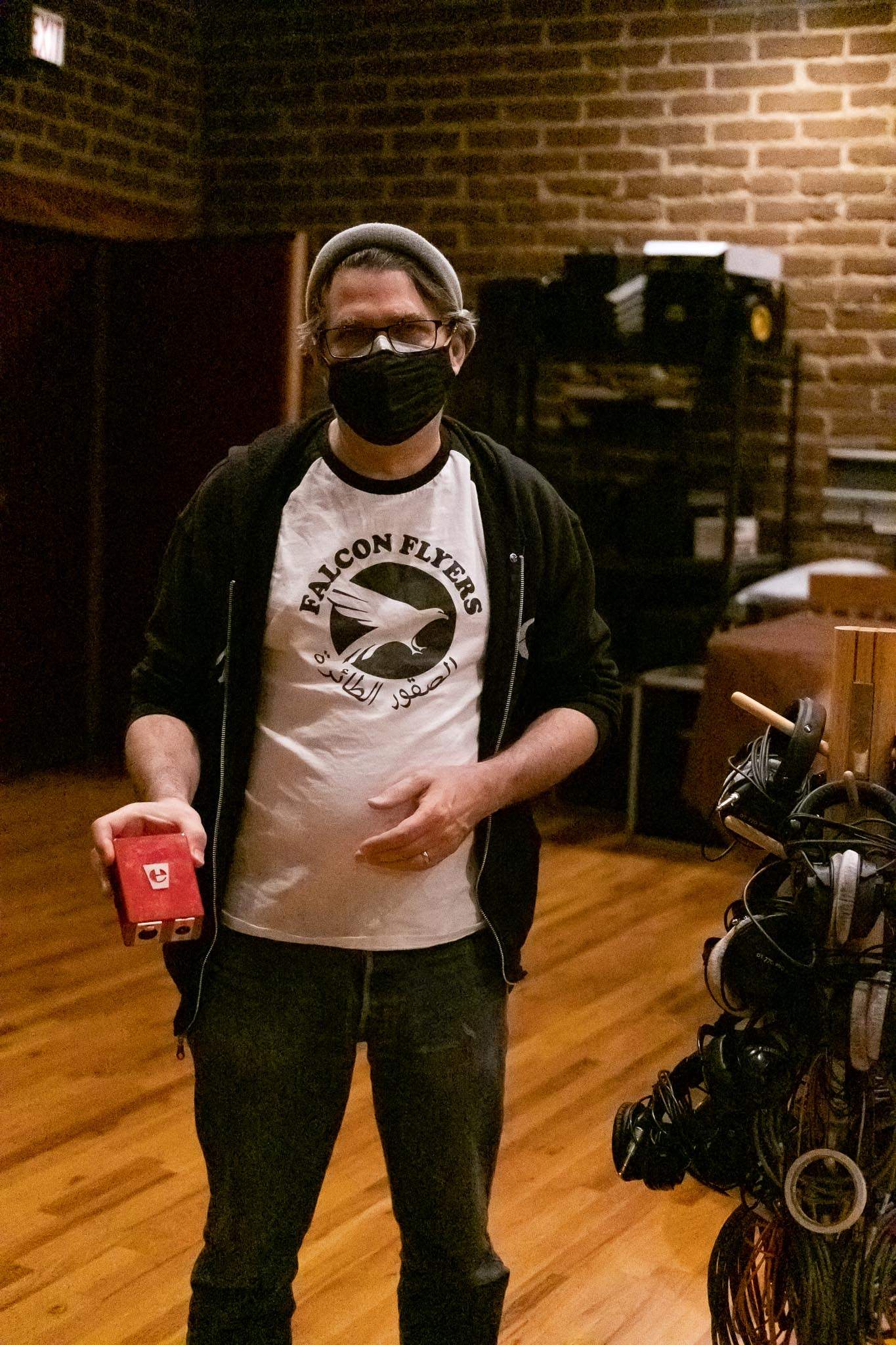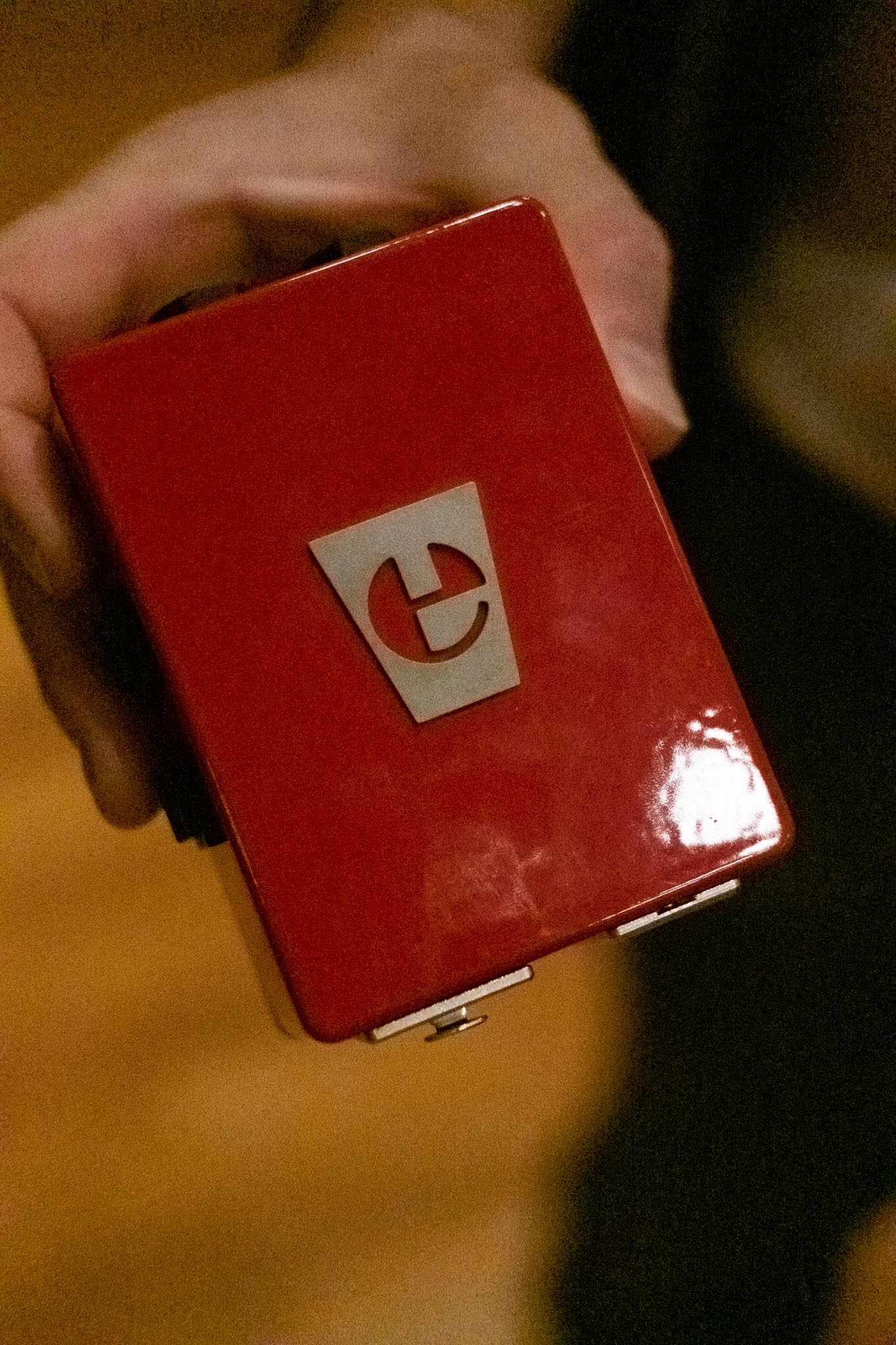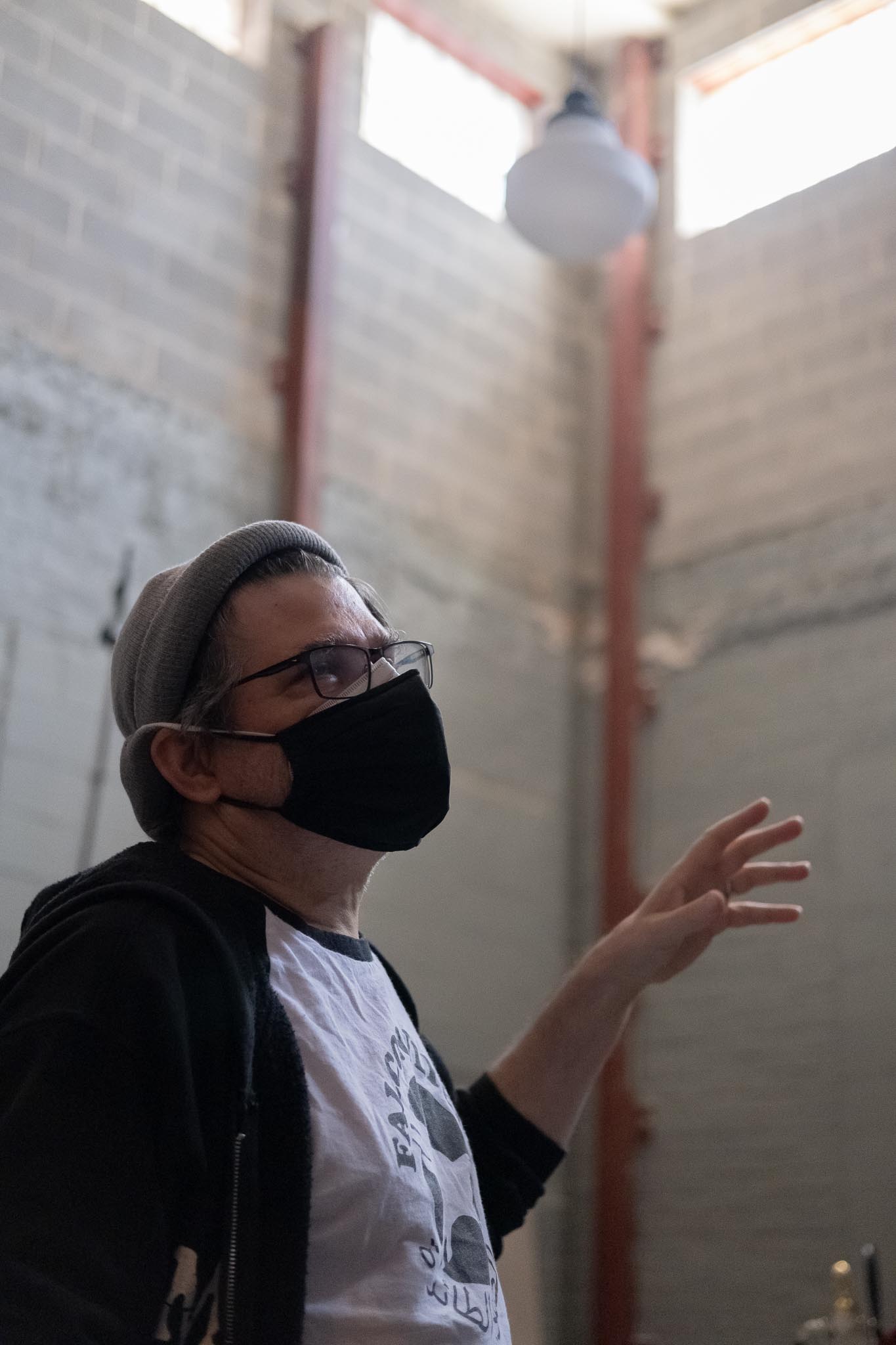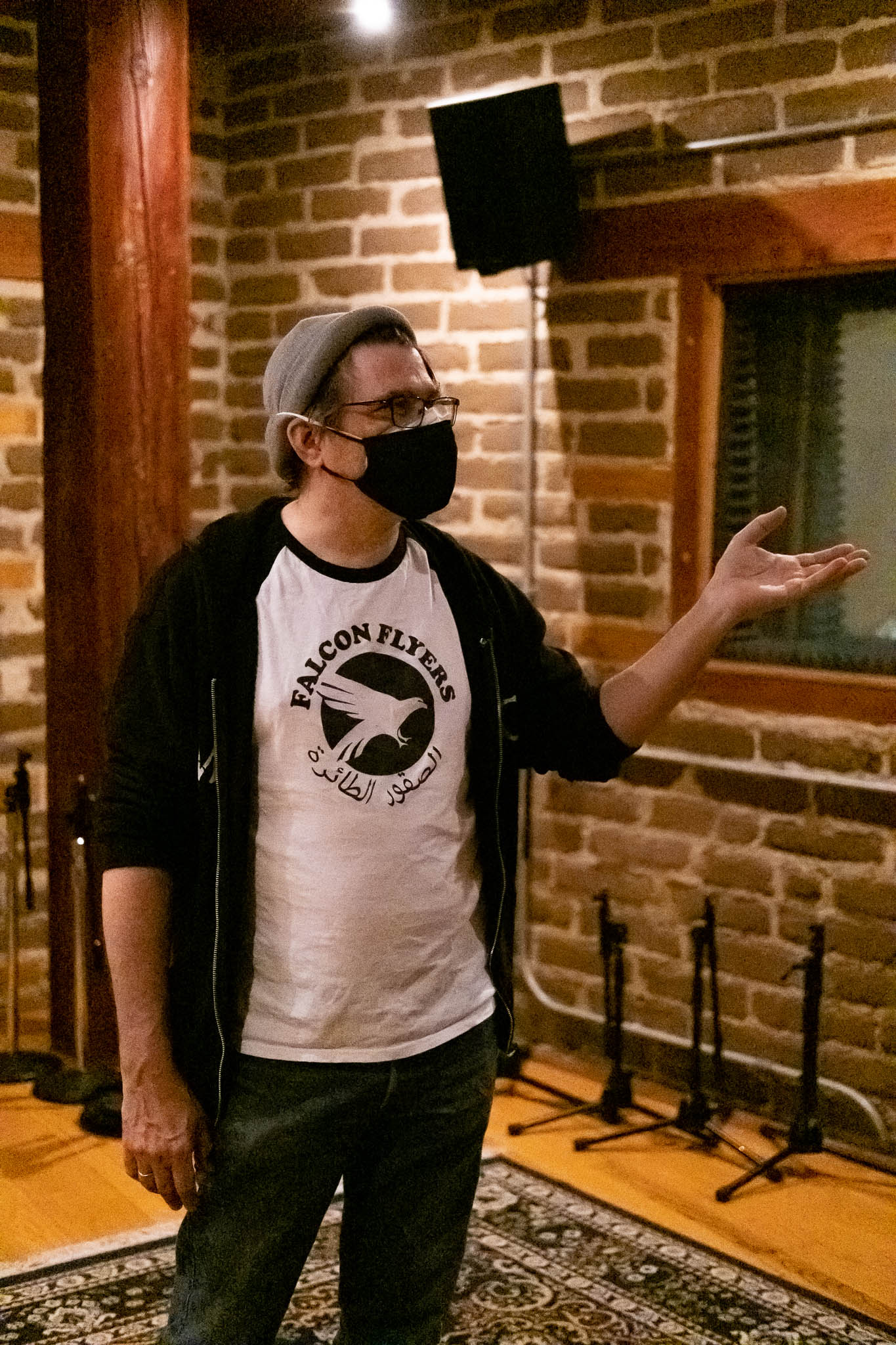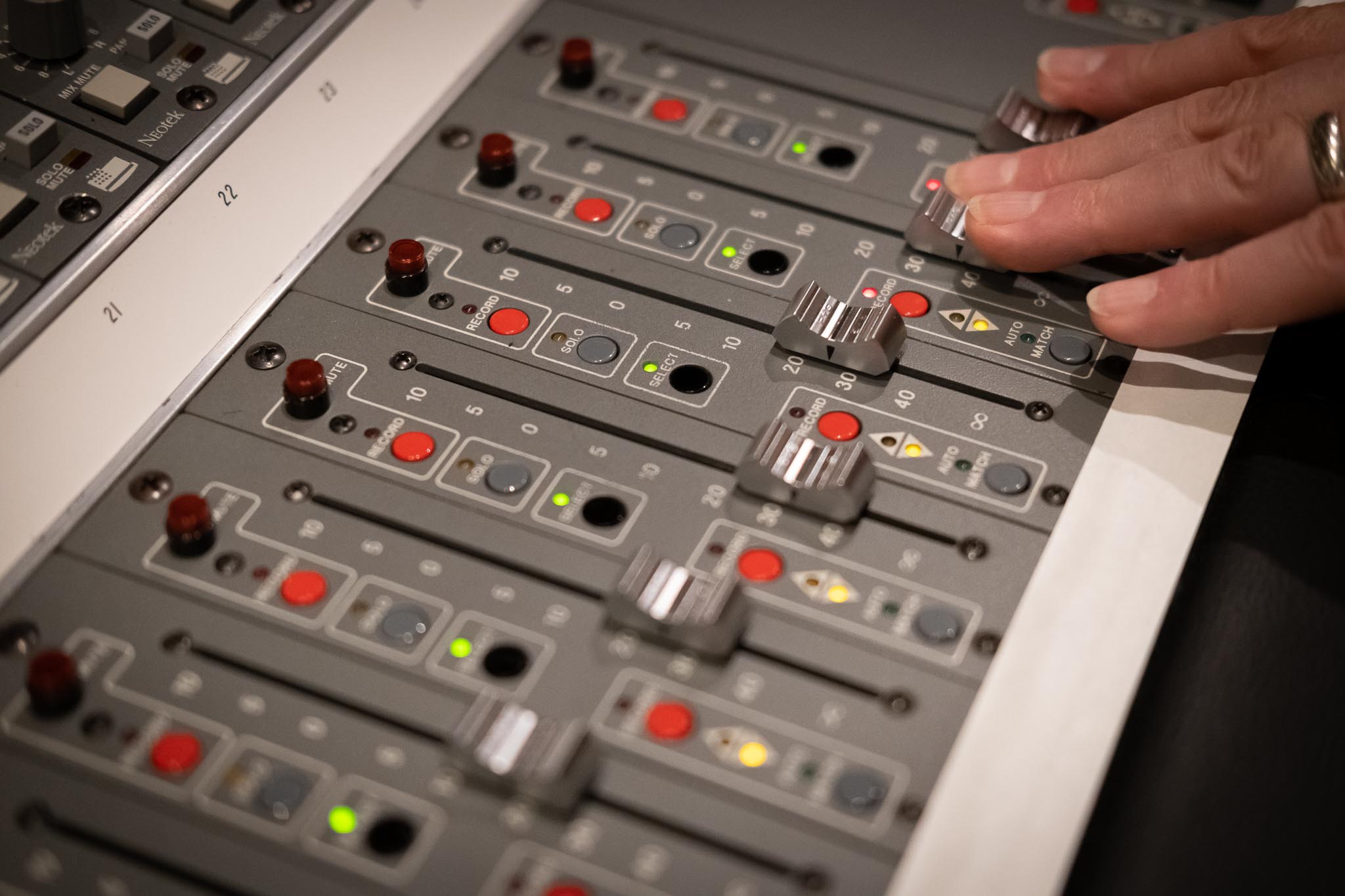[Editor: There are gear geeks, and there are gear freaks…. AND THEN there is the artist 2000F aka. Frederik Birket-Smith, who has got to have one of the most extraordinary collection of vintage synths, drum machines and outboard gear in all of Denmark… and this is just one of several locations where he has his gear. He is also the CEO of Strøm Festival – which is pretty much the biggest yearly electronic music festival in Denmark. So enjoy!
Also, if you’re wondering about the title, it’s danish for… ‘electric conductor’]
1. Favourite knob or fader or switch on a piece of gear and why?
My fave has got to be the Cinema Engineering Corporation Model 6517/e.
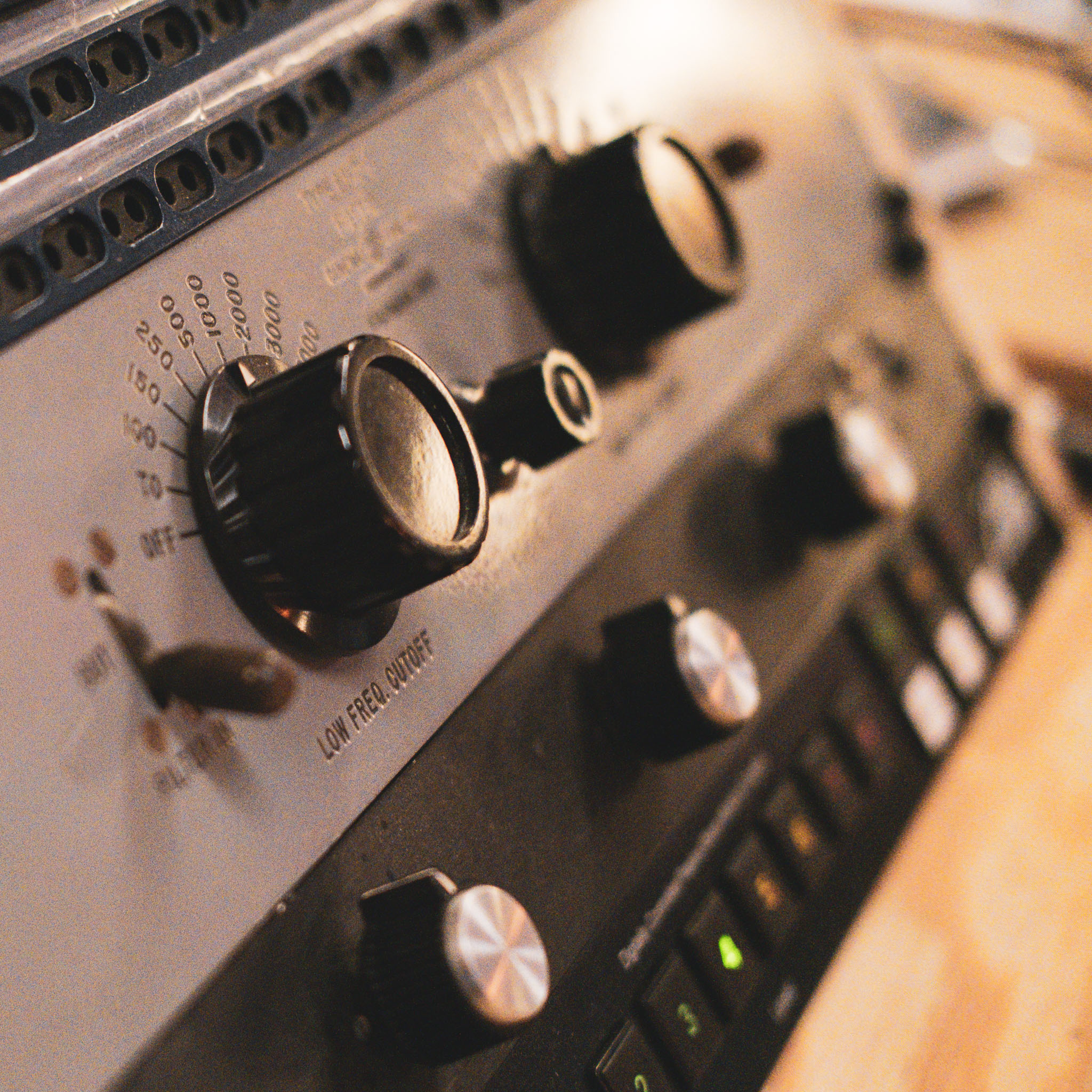
This is a low and high cut filter from Burbank, California, made in the 50’s, early 60’s. Originally made for, what you would call the telephone effect for film. It’s quite an extreme low and high cut and this unit in particular, has been modified by a local danish tech called Fairman, with a resonance control filter Q knob.
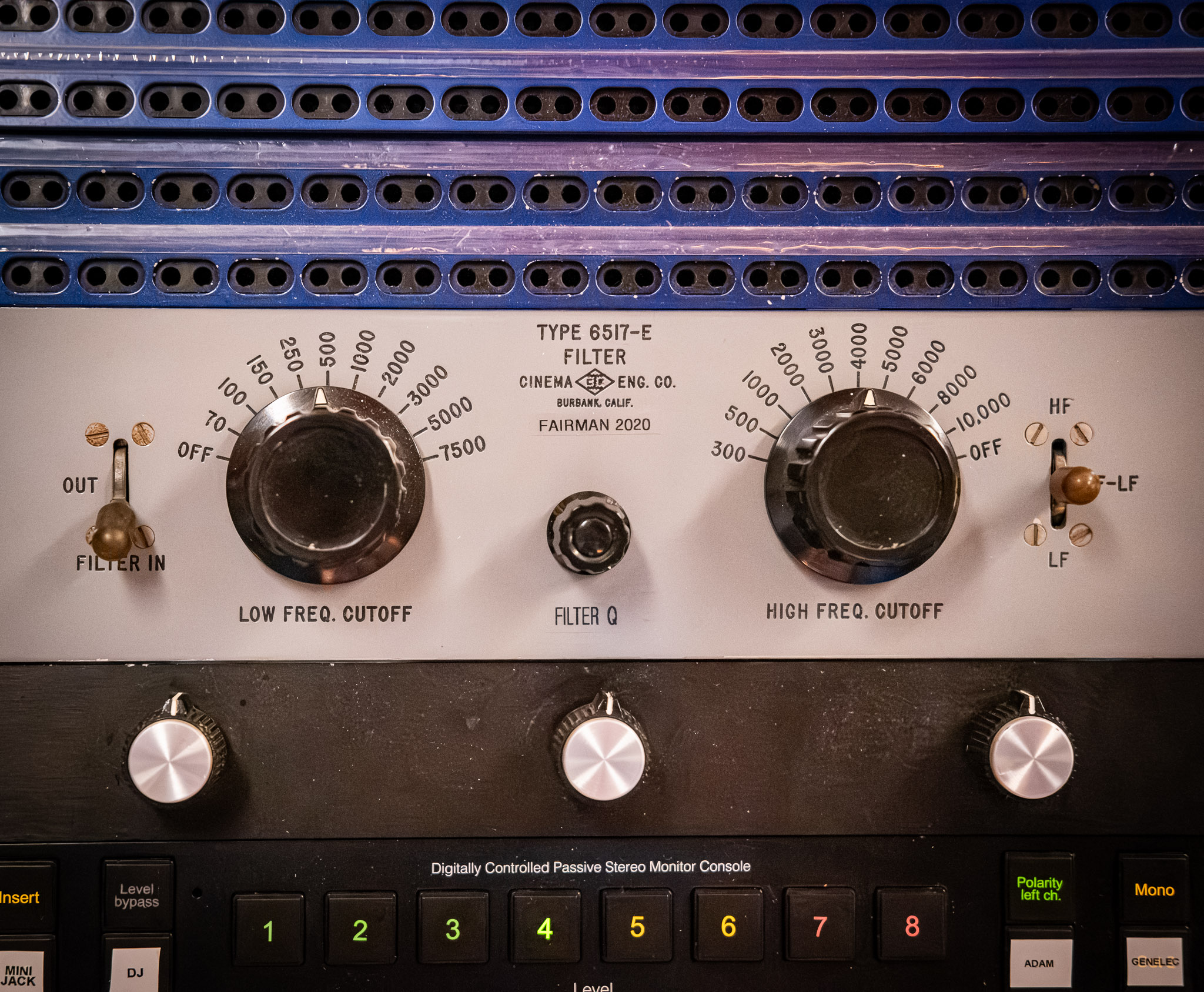
So you can make it very aggressive and brittle sounding, and I use it for dub music, to get those extreme cuts. Most filter units of this type only have a low cut. Which is nice, but this one has high cut as well.
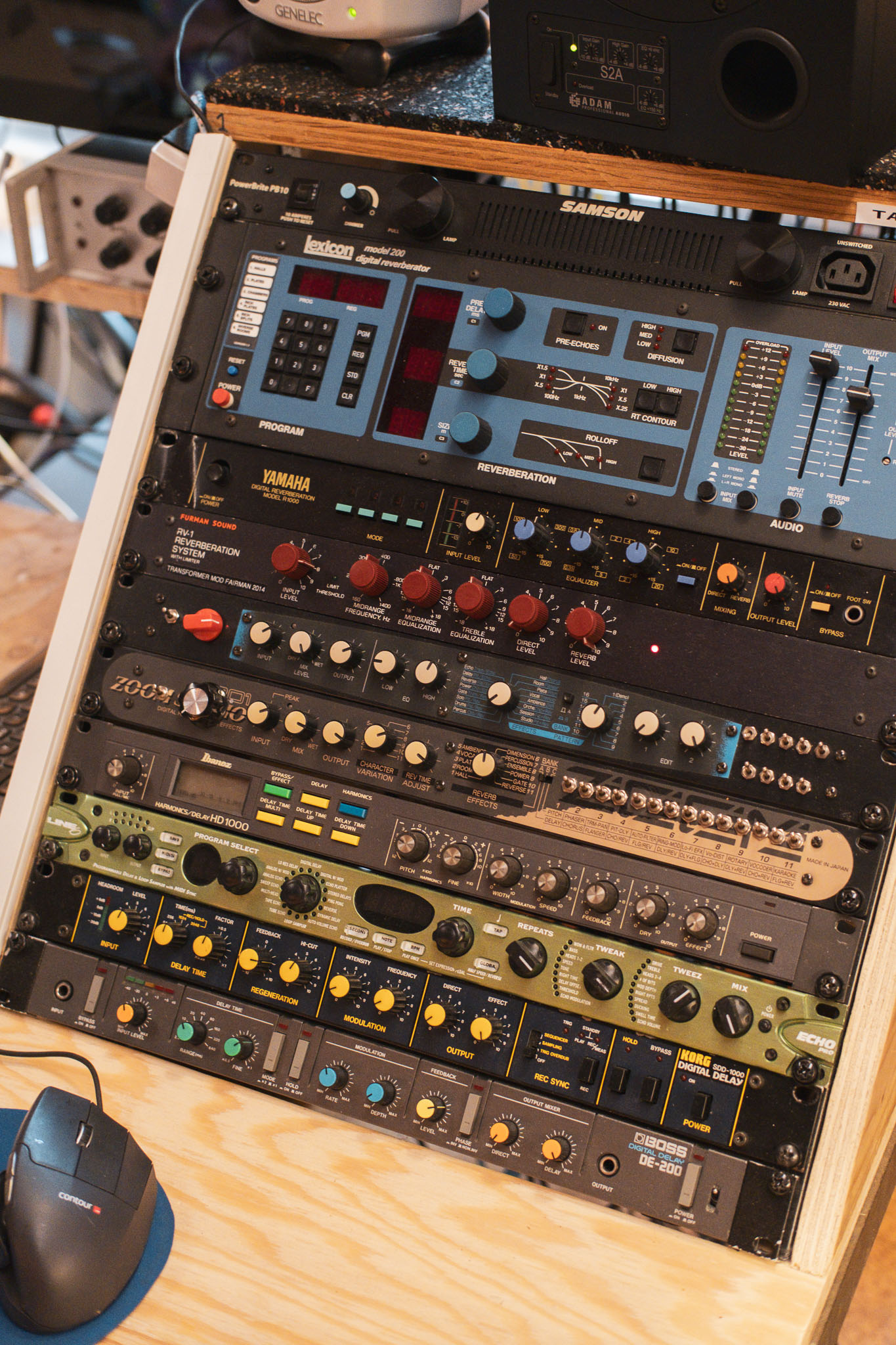
2. Do you have an ‘almost’ perfect bit of kit? What would you change?
The Fender Rhodes 88 suitcase. Gotta be the suitcase version, not the stage. Has to be the one with the speakers. And I wouldn’t change anything about it.
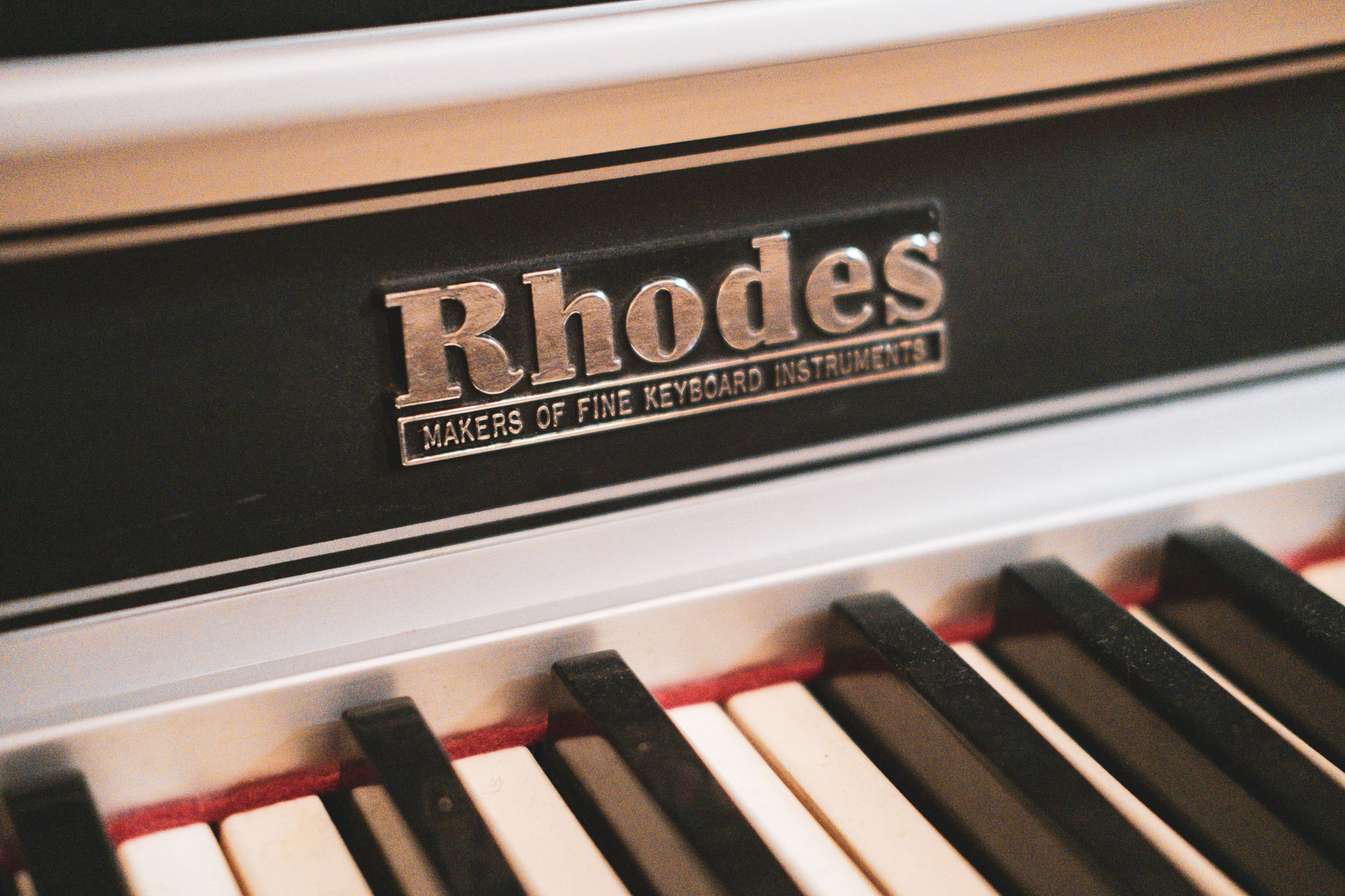
I have one from 1980 here in this studio and another one at home, from 1976. At one point I had both together in the living room, the kids and the wife were a little bit “Okay we need two?”. But my wife is really big fan of Herbie Hancock and Chick Corea as well, so she loved it. Still… it takes up a lot of room.
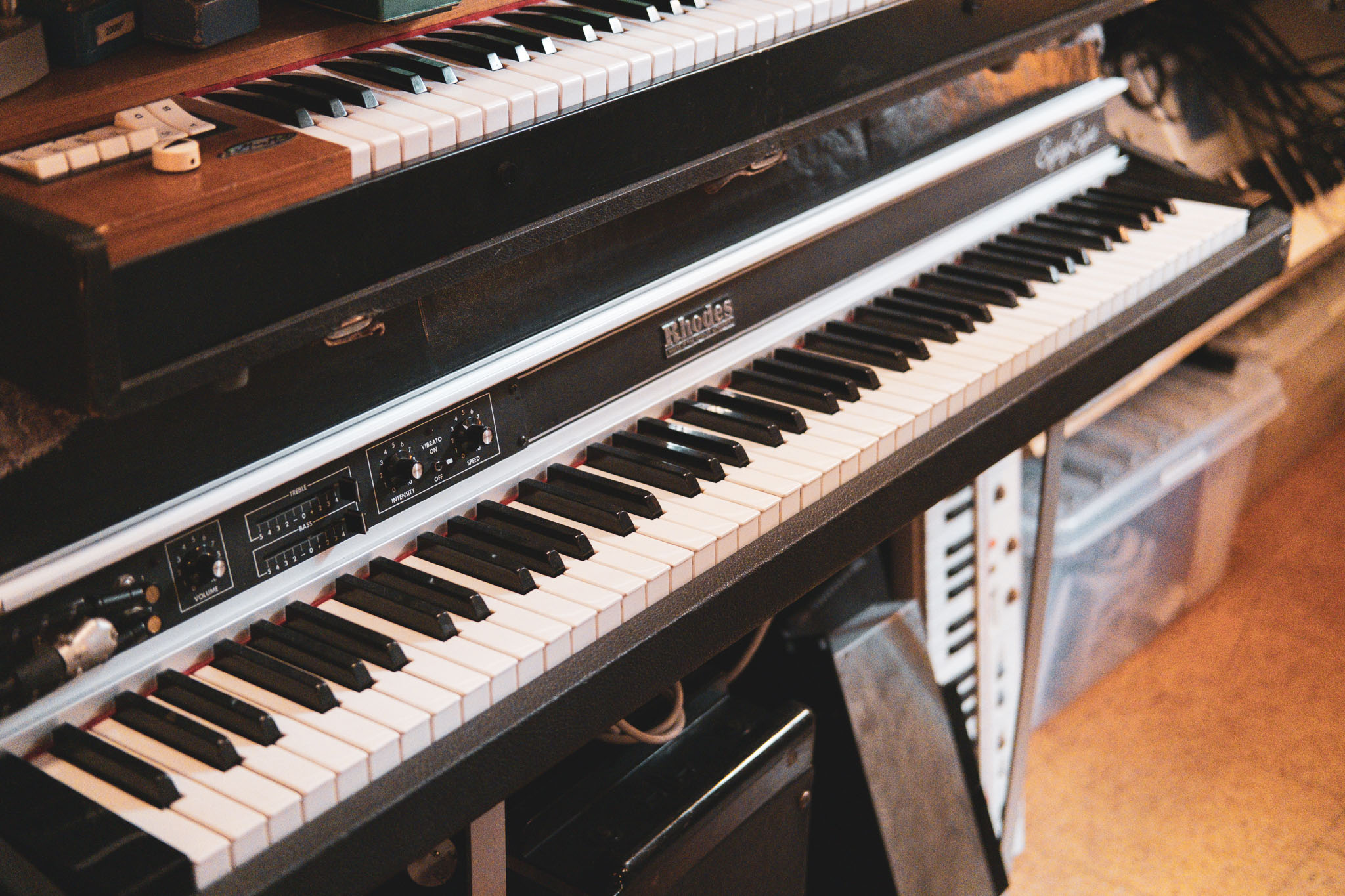
But the interesting part of having two was that, while the sound of the one I have here is really good, the other ’76 Rhodes, the body and the weight is much deeper compared to this one. The ’76 almost feels like a proper grand piano. It’s really nice.
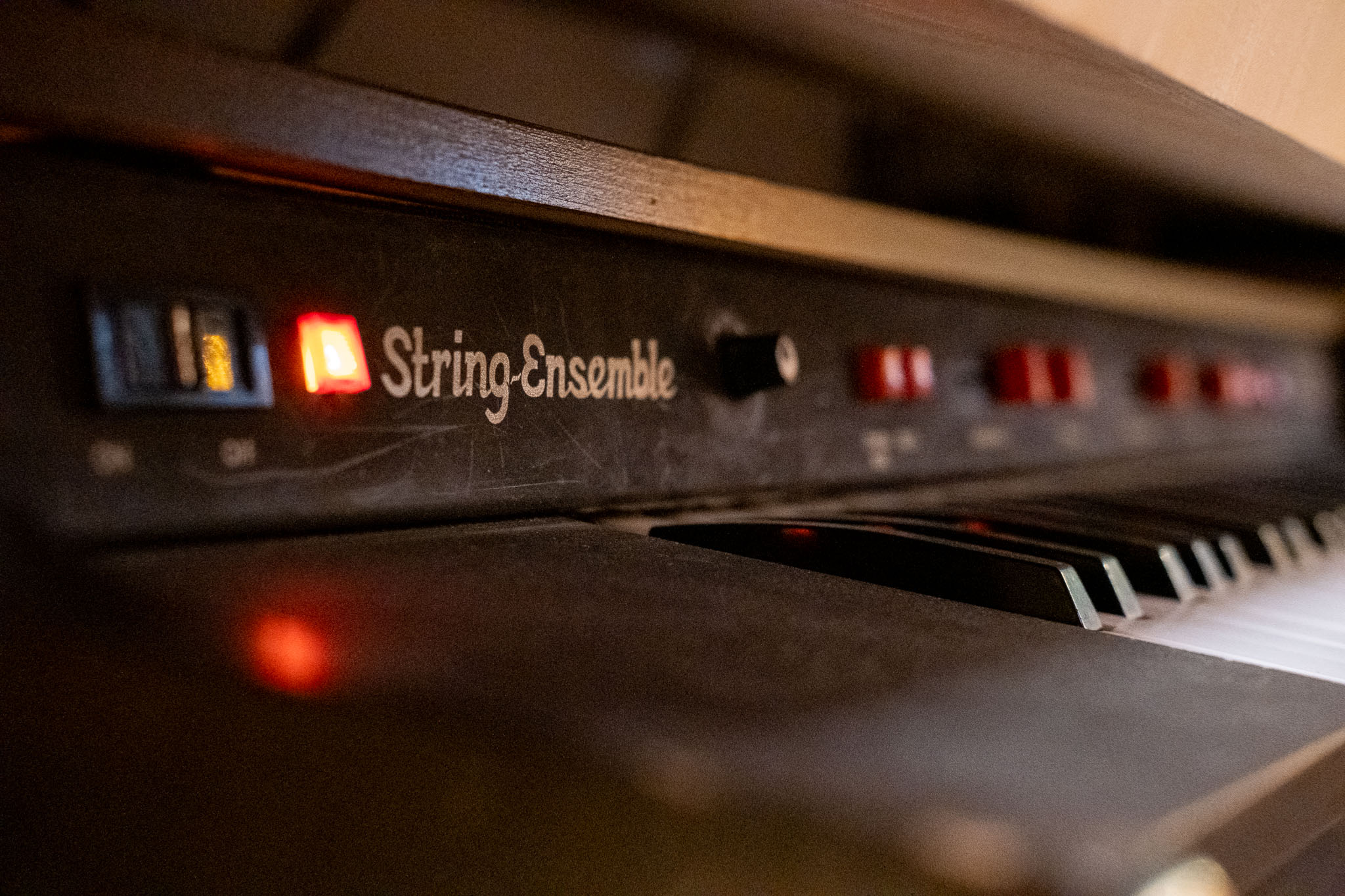
3. What setup do you bring on holiday or tour or commute etc.?
Smartphone… one with Koala Sampler.
And then just the built-in Memo app on the phone, that’s the only things I would bring.
I especially like the Memo app. Actually I just use it to record stuff… Sometimes it’s ideas and melodies or basslines or rhythms. Sometimes it’s just something I need to explain to myself, like an idea that I need to remember. Sometimes it is sampling something.
Quite recently I recorded a sound while they were rebuilding Fisketovet [Editor: a shopping mall in Copenhagen]. And there was this crazy huge drilling machine that was so loud. I’ve never heard anything like it, but I had to record it. It was just banging a huge pile-driver into the ground. The reverb tail was intense.
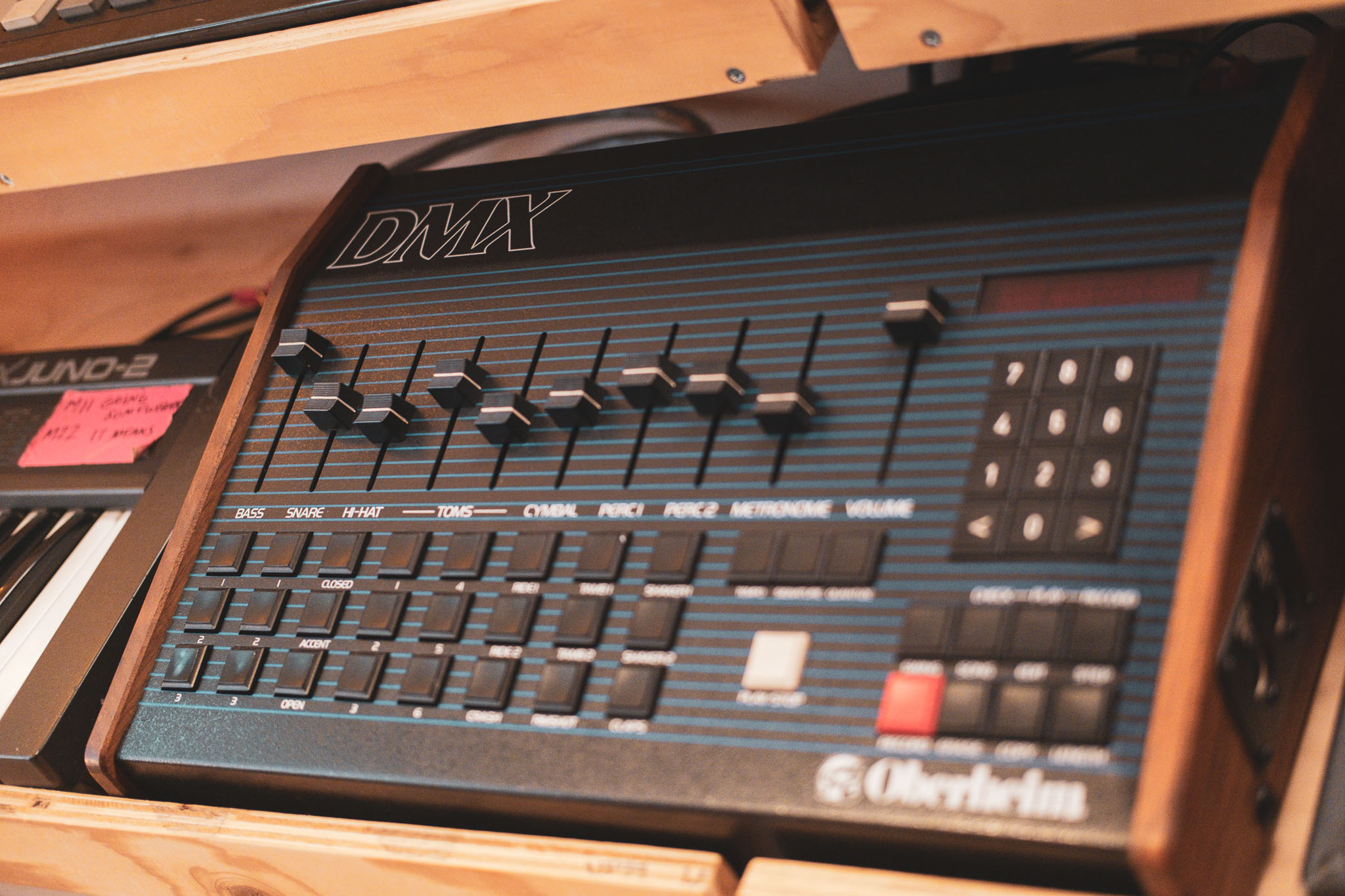
4. What software do you wish was hardware and vice versa?
I’m not sure I can answer that, to be honest. Because I like both worlds. If I HAD to say something that could be an answer, I think it would be, that in the last couple of years, the integration between outboard hardware and the digital audio workstation is getting pretty good. Life is getting so much easier with the new analog patch bays that can be digitally controlled.
I mean, it’s so easy to intermix it now. And I actually like both analog and digital because they’re both very different, so it is great that they can now be integrated.
They’re merging and I think that’s really interesting. I come from an old school hardware kind of workflow, but the funny thing is, a few years ago, I tried to force myself to use only stock Ableton plugins, just to to see what I can do… and boy, it sounded pretty, I still prefer hardware and all that, but I did two 12-inch releases that way.
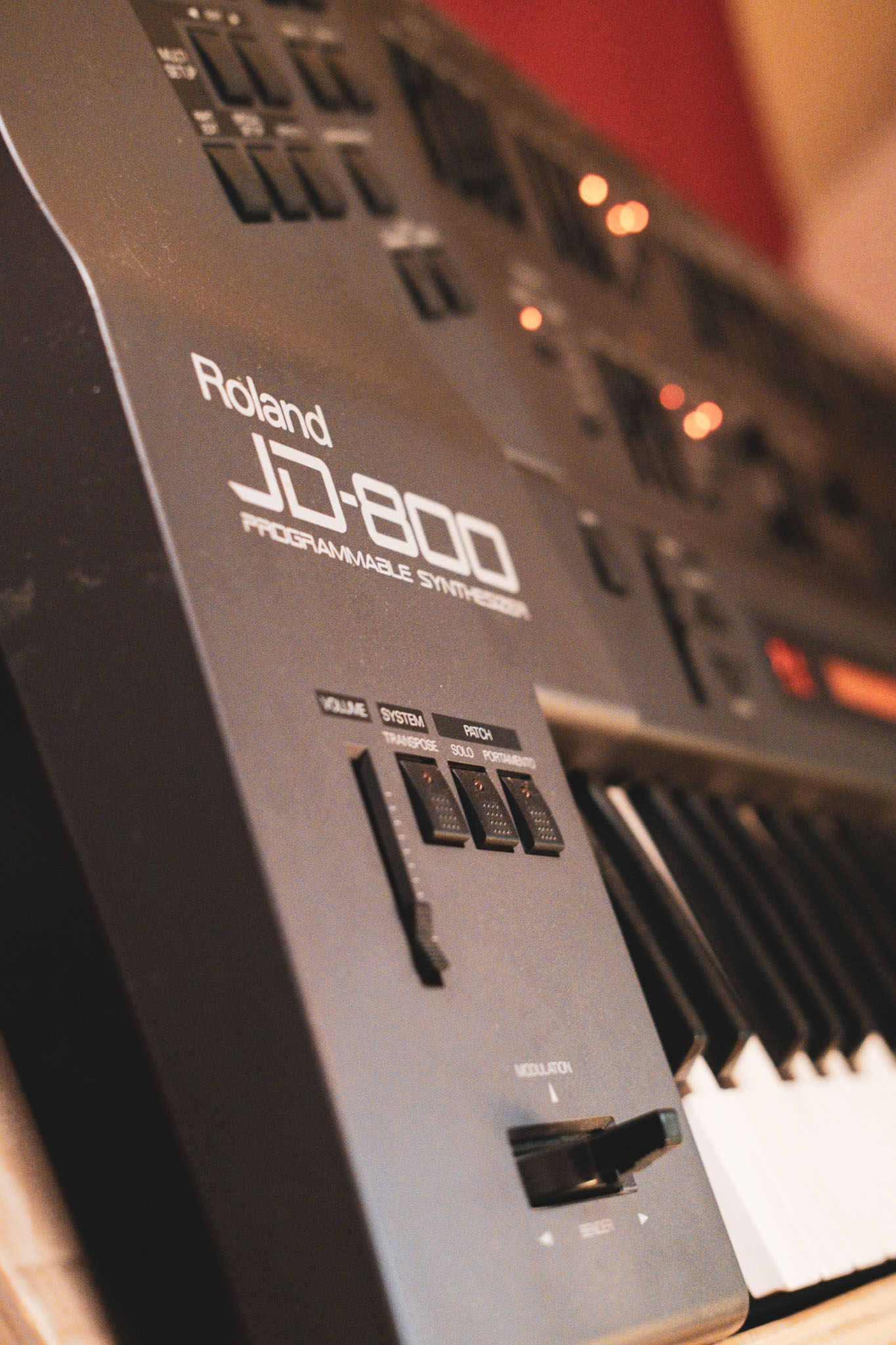
5. Is there anything you regret selling… or regret buying?
Regrets selling? Nah… but there’s some stuff I regret NOT buying.
There was an Arp 2600 that was for sale in a shop near where I used to live. I think the shop was called ELSound. It was just in the display winder. Still haunts me that I couldn’t buy it at the time.
I’ve had quite a lot of gear, as you can tell, so I haven’t sold that much, actually. I’ve sold a Jupiter-4 and a Polysix and I don’t miss them. I also had the very, very big Yamaha SK50D. Which is the huge poly synth they made, just a big as the CS-80 and just about as heavy, but a cheaper version. Even though it certainly wasn’t cheap. But I don’t miss that either.
6. What gear has inspired you to produce the most music?
Samplers. And the Emu Emax.
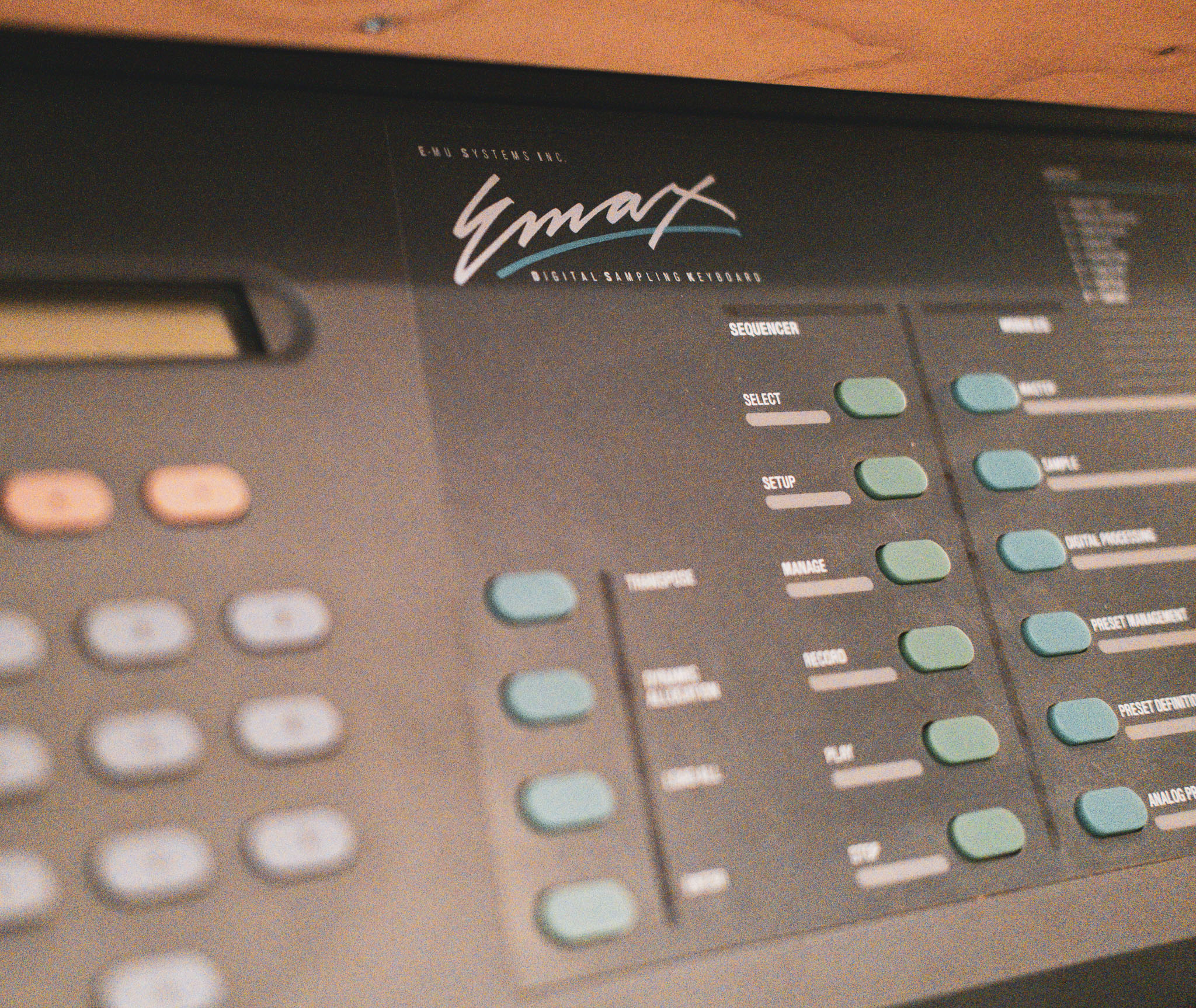
That’s the one I grew up with. It opened up the world of music production for me. Actually, I can tell you a funny story. Particularly that unit over there, which my father bought in ’86. I remember so clearly, because when I was young, my mom used to be a DJ and my dad collected records and all that studio stuff. So I listened to a lot of music.
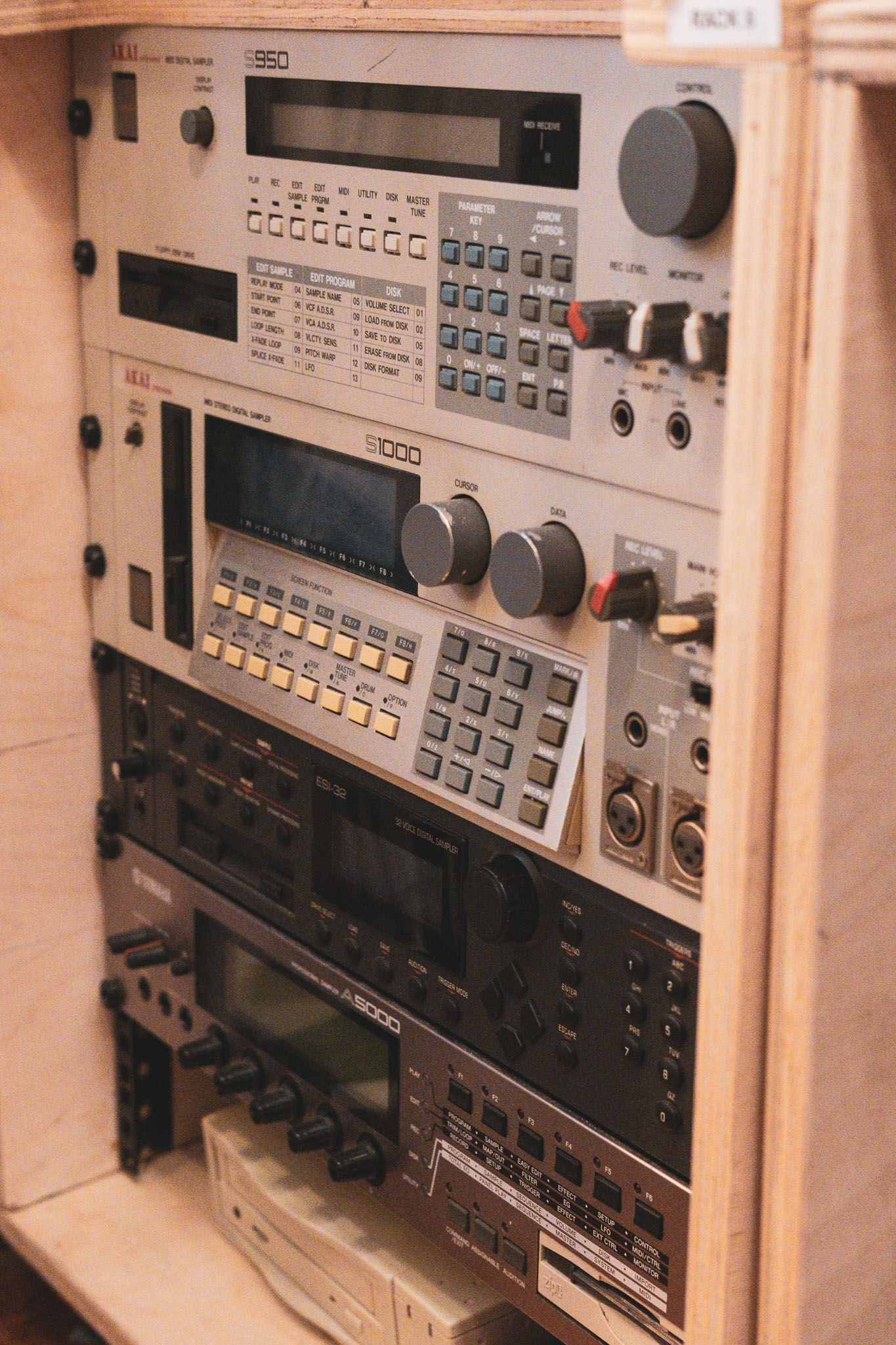
I listened to stuff like Kraftwerk and especially Art Of Noise. Early Kate Bush and Peter Gabriel… you know, with all those Synclavier sounds. But I never really understood how they did it. I understood the music and I loved it, but especially the Music Nonstop album, Electric Cafe album from Kraftwerk, where they used samples heavily, people don’t rate it. But I loved it because it was so digital.
When my father bought home the Emax. I can tell you where exactly in the living room I was standing and where my mom stood, when my dad used it for the first time. He set it up and plugged in a microphone, and my mom came into the living room and said, “Dinner’s ready!”.
And it was recorded. When my Dad started to mess with that sample… Then suddenly I was like, ‘That’s how they do it!’ … My whole mind was just blown away.
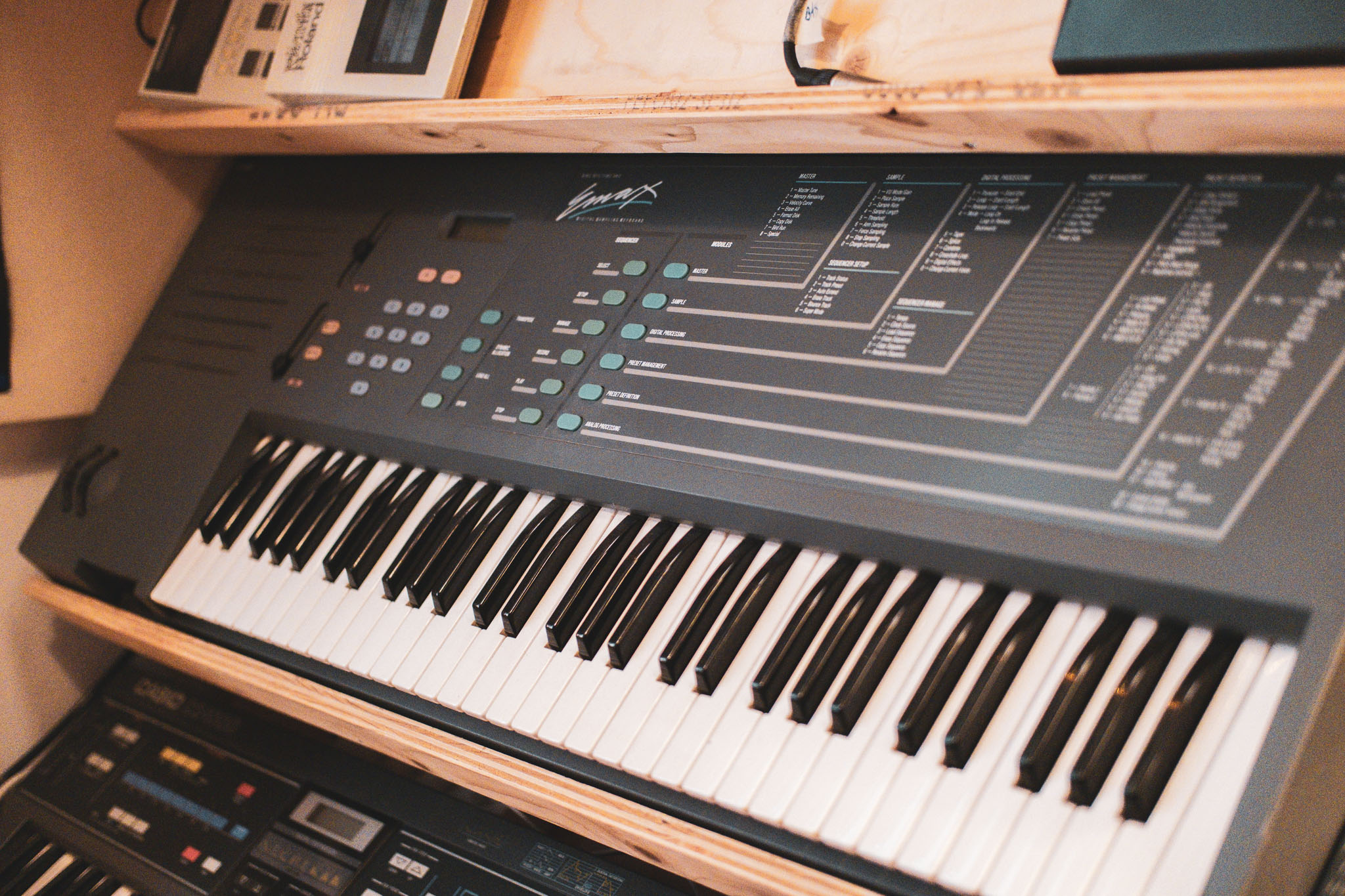
So I was like… ‘Gimme that!’ and I borrowed an Atari ST2 computer, the Emax and Pro-One and the PPG and made lot of music. From then on I started buying stuff, so since I was 14 years old, I was just hooked. Spent all my money, I bought my 303 and right after that the 909 and all that.
But the sampler, that was the start.
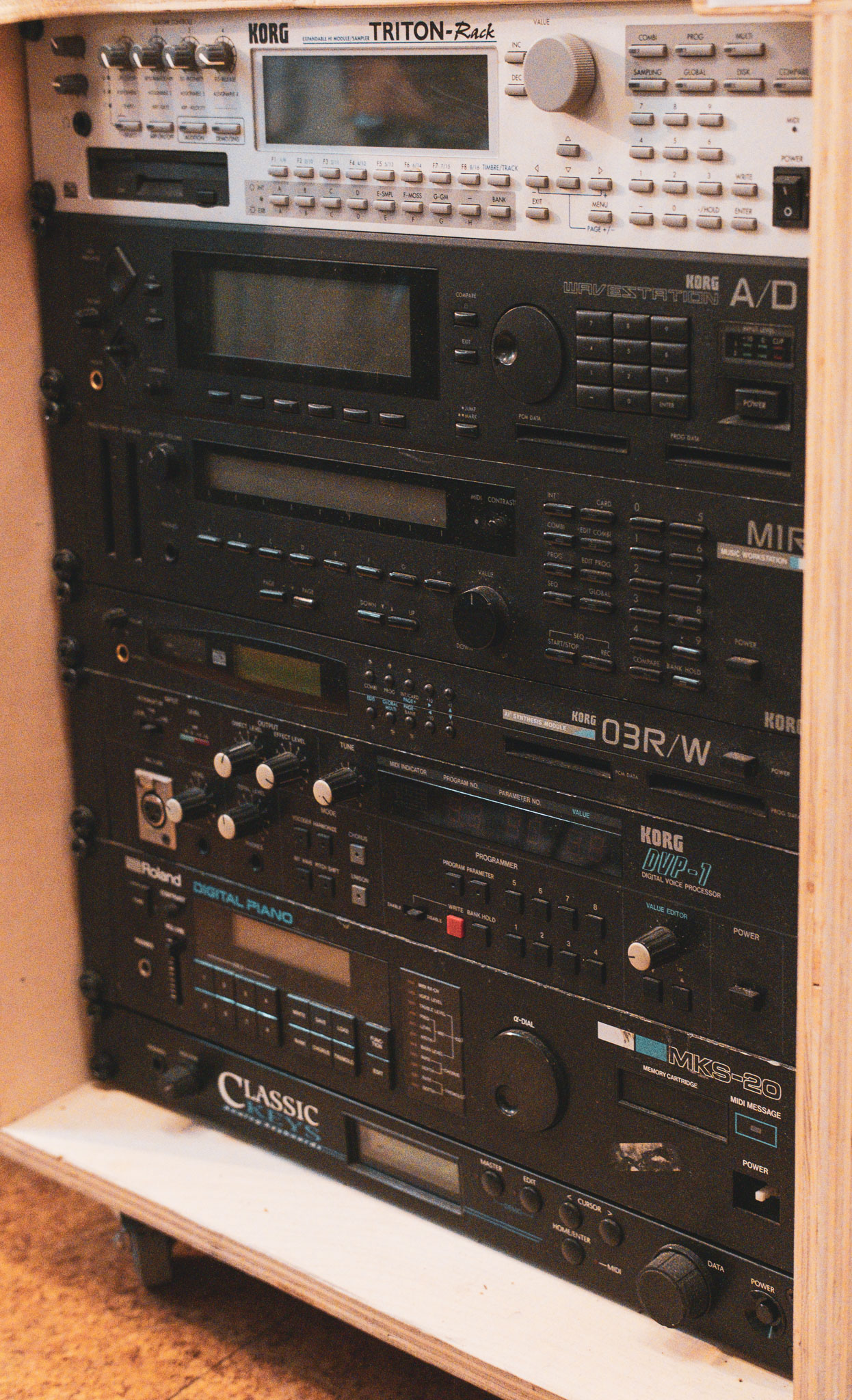
7. If you had to start over, what would you get first?
The computer.
The thing is that nowadays you’ll be able to go online and find answers to absolutely everything. And at that time around ’86 you couldn’t find any answers to anything except if you knew somebody. So a computer would, whether it was an ’86 or 2023, open your world in any direction you wanted to go.
So then I think inspiration comes from other stuff. I mean, gear can inspire me and anybody else, but I’m not sure that’s the main thing, to be honest. I think the computer will just be the door that opens the world.
8. What’s the most annoying piece of gear you have, that you just can’t live without?
Oh, that’s everything. Everything! Just keeping and maintaining a synth mausoleum like this one. That’s grief…. and a lot of money. I would say being a collector, it’s just a major headache.
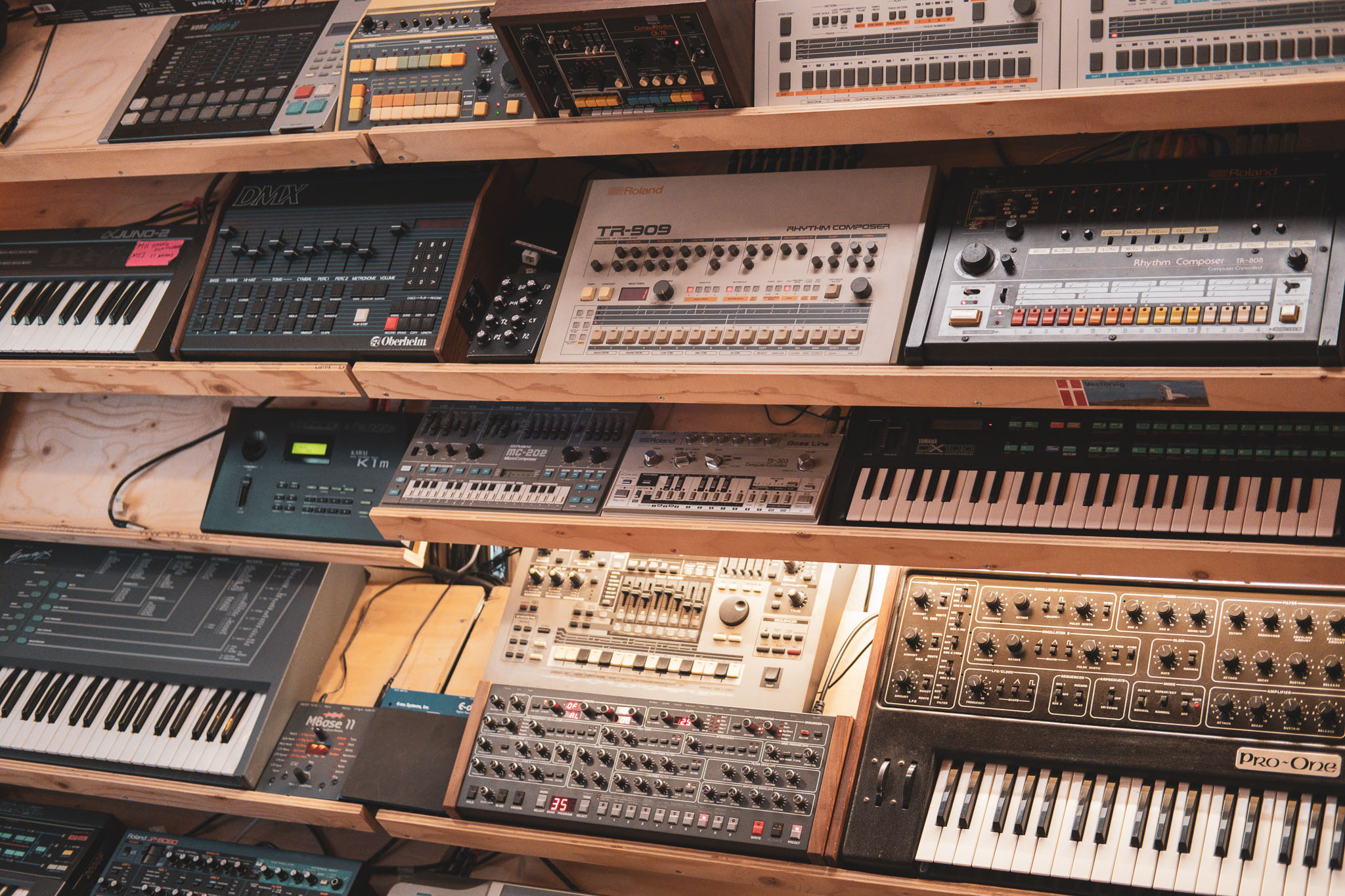
Cabling and setting up wires is a huge headache, but refurbishments and service on this stuff, that’s just a downwards spiral of agony and pain. And money out the window.
The most expensive restoration I have, which is still ongoing, is the EMT-250 reverb, which is at a repair workshop in Germany right now, and has been for the past five years. Kinda crazy.
The EMT250 is the only thing my father never got to hear or see working, before he passed away. He was an avid gear collector and once even managed to find a Fairchild 670 on Den Blå Avis [danish version of Craigslist], but the 250 we found at Sweet Silence Studios, and it’s super rare. Gotta be less than 200 in the world.
It even came in the original flight crate from Germany. So this wooden box came through Kastrup Airport, and then through the distributor up in the north of Copenhagen, then finally to Sweet Silence Studio, where we discovered that it had some water damage.
So it was sent to the US to repair at Studio Electronics and they said “we can’t fix it”. It had some humidity things that happened to it.
But eventually I found this guy Stefan Hübner in Hamburg. Who I was recommended by an old PPG factory tech. Who said, I have this young apprentice called Stefan, who is willing to take a look at repairing your EMT.
But the problem with the EMT was that, they never and still haven’t ever released any schematics or diagrams for it. At the time of production, they were so afraid that the Japanese would copy it, so they even sandblasted the tops of all the chips. So it doesn’t say anything on them.
There’s no traces, or anything. It’s all point-to-point soldered in the back. It’s just one huge board of chips, which no one knows what is. So Stefan has two EMT250’s on his workshop table, and he is trying to trace and test the electronics, and build up his own diagrams to figure out what happens inside of it and what each component is.
It’s just a never ending story.
So that’s the longest and possibly the most expensive restoration that I’ve ever attempted. I have never even heard it working. I just bought it and shipped it around.
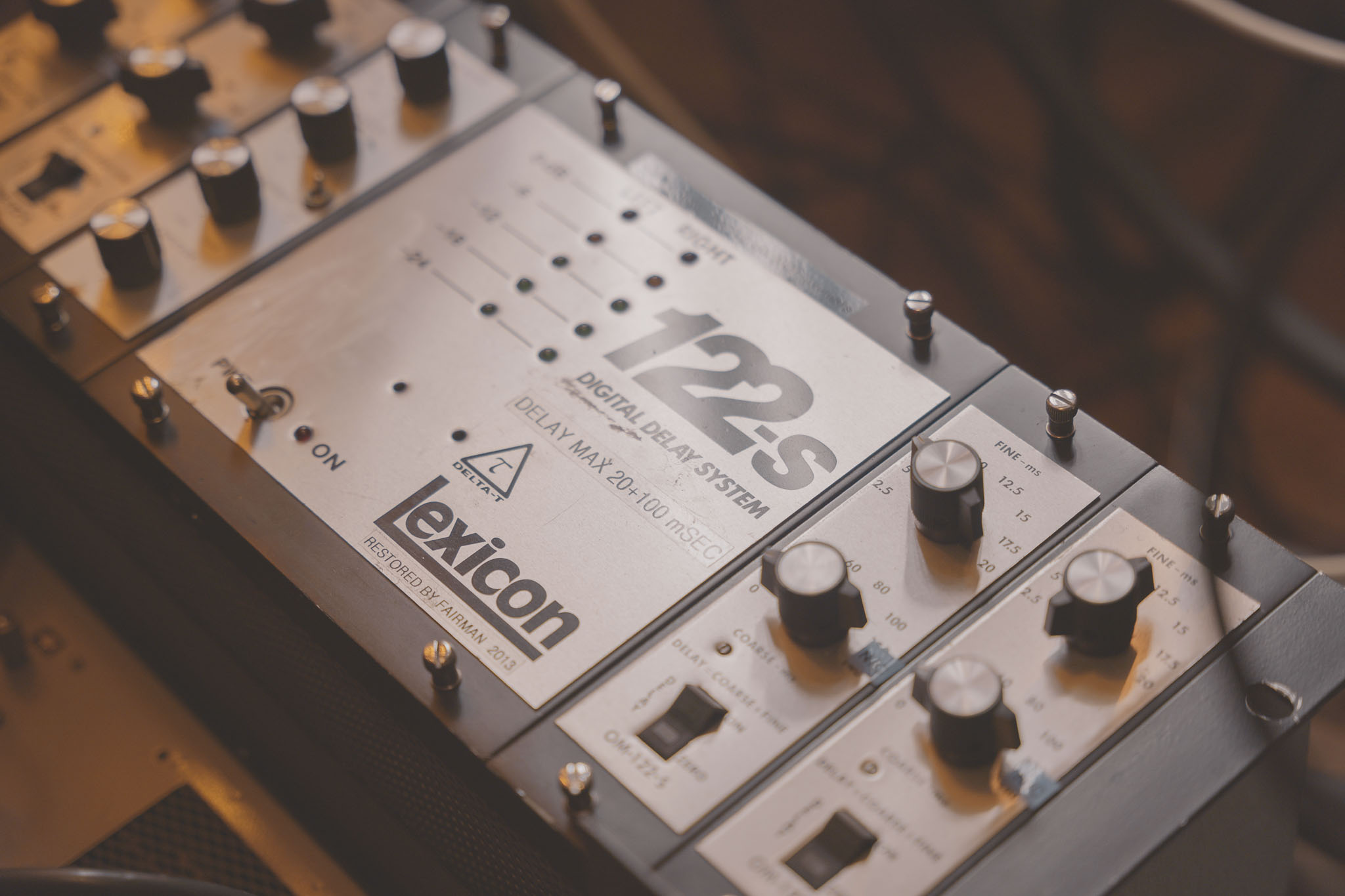
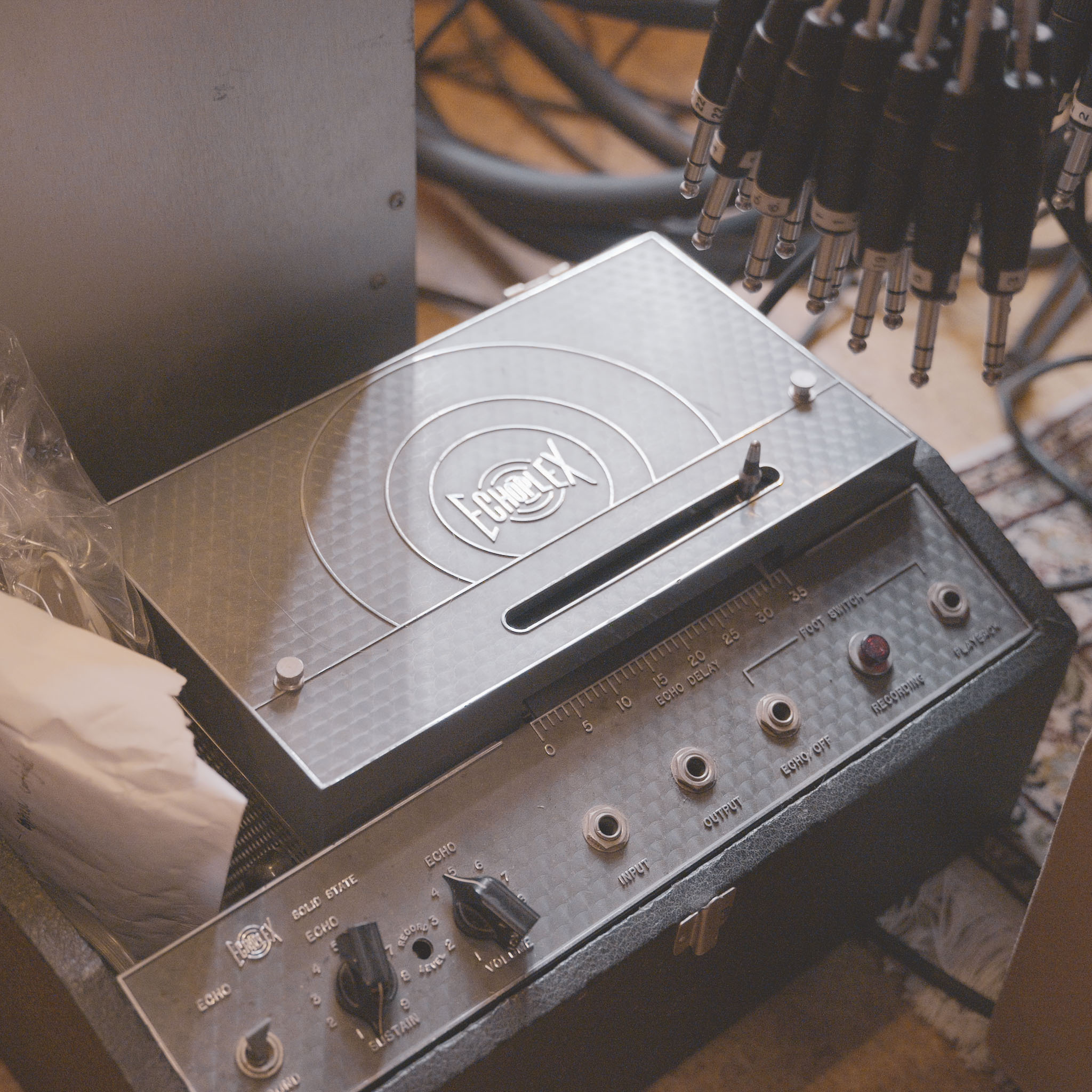
9. Most surprising tip or trick or technique that you’ve discovered about a bit of kit?
I spent a lot of time listening to and trying to figure out all the old mysteries of dub music. I like Prince Jammy and King Tubby, but I especially like The Scientist, who was the apprentice of King Tubby.
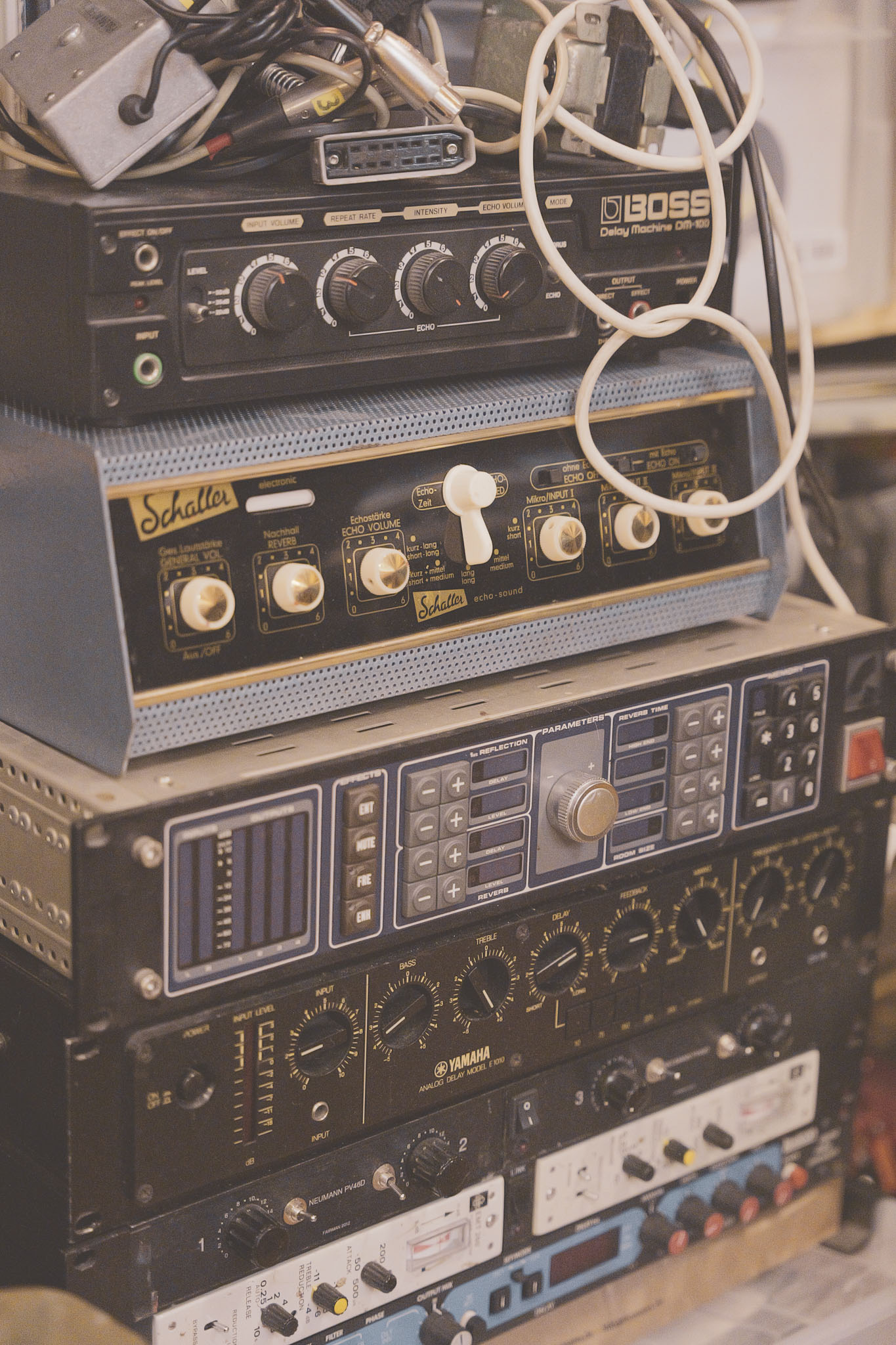
I loved his way of mixing dub and I always liked that sharp filter cuts he had. And that was the knob that King Tubby built from a unit like the one I told you about before. [Editor: Cinema Engineering Corporation Model 6517/e]
Those filters, I mean, you don’t find them. You have to build them… And I’m sure that King Tubby’s version was also modified, because he just needed it to be more aggressive.
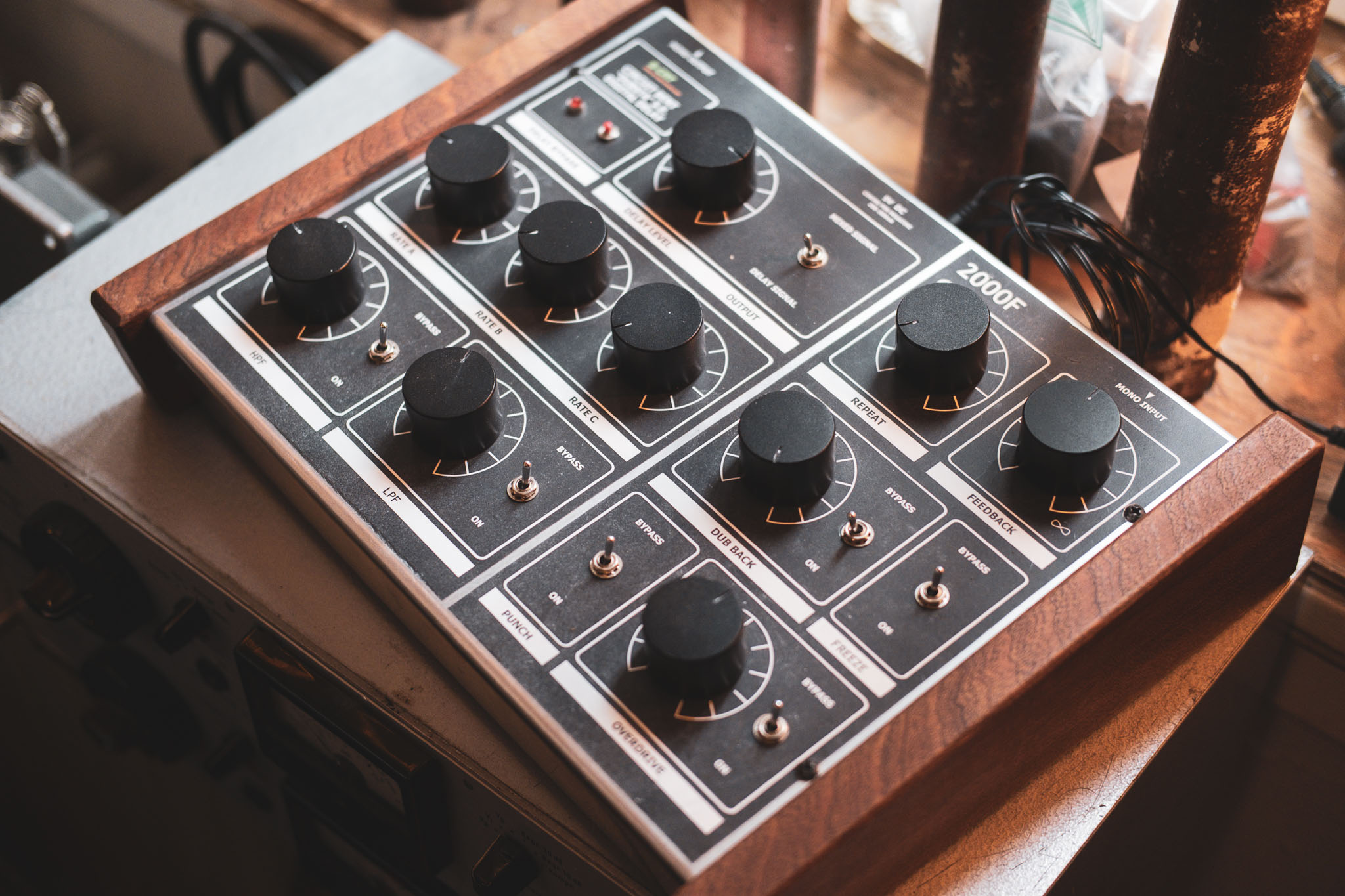
Artist or Band name?
2000F
Genre?
Bass music
Selfie?

Where are you from?
Frederiksberg, Copenhagen, Denmark.
How did you get into music?
Mom was a DJ. Father was musician and studio owner. Guess it’s in the blood.
What still drives you to make music?
Exploration of bass and sounds, I think.
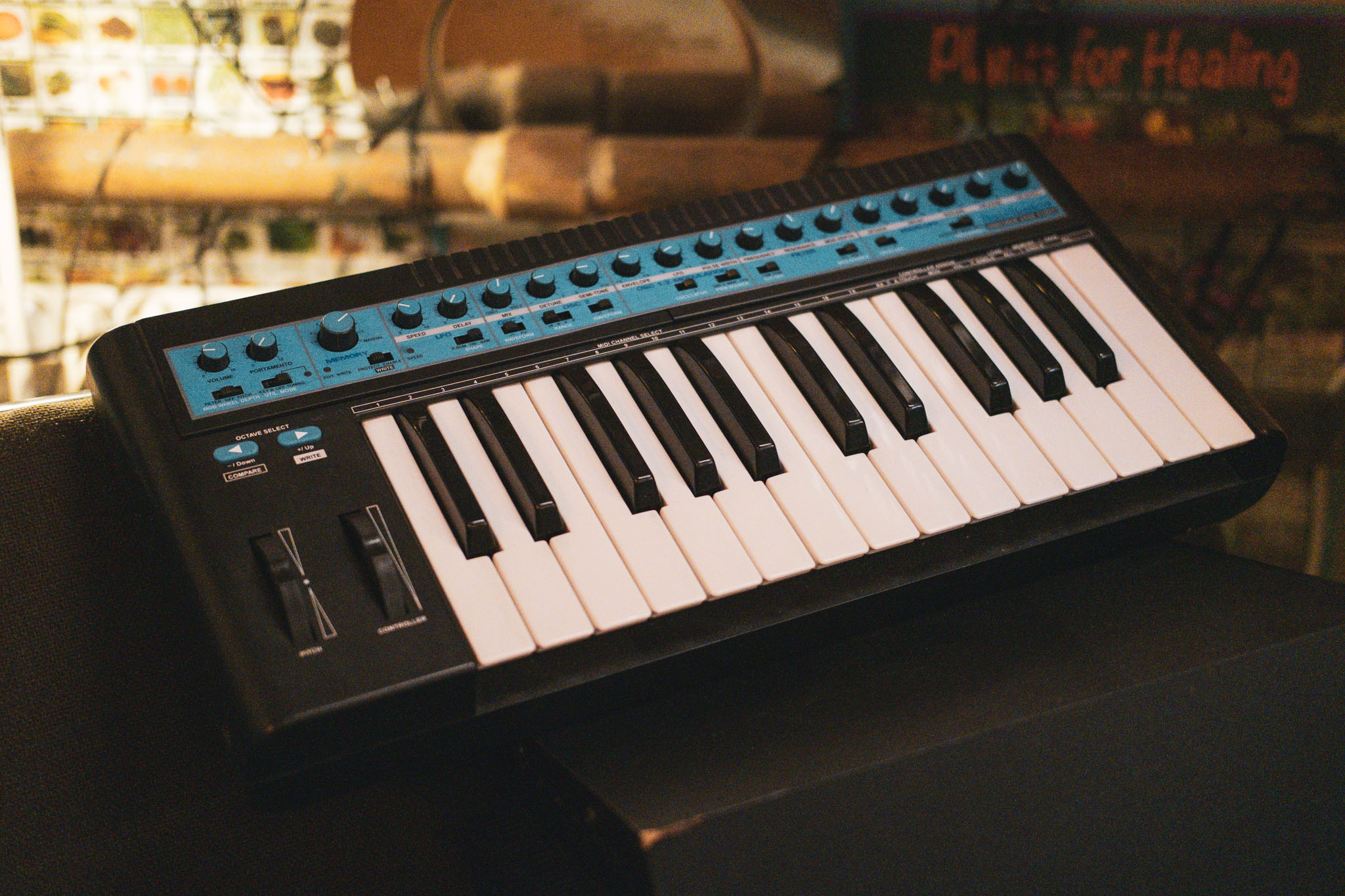
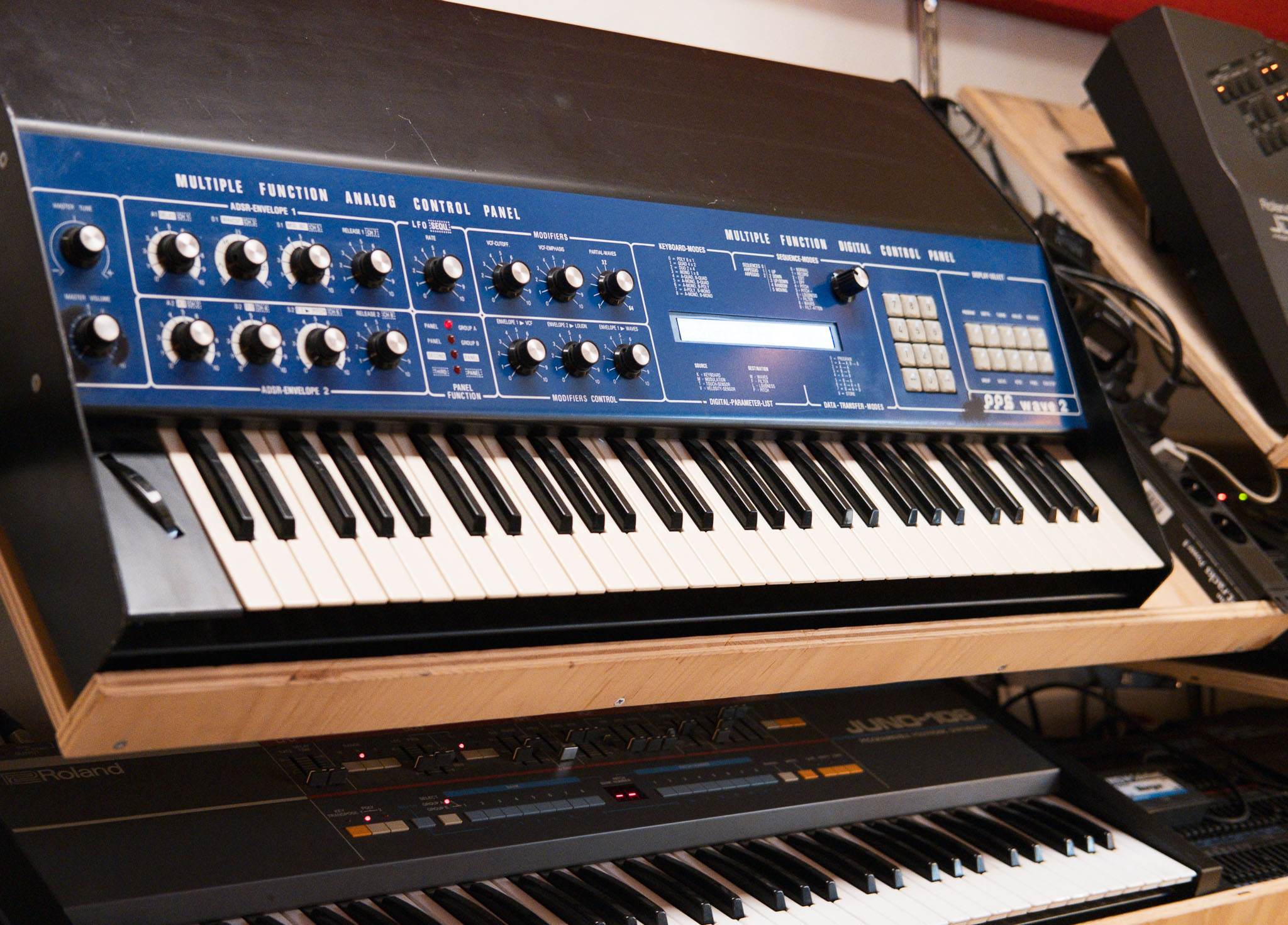
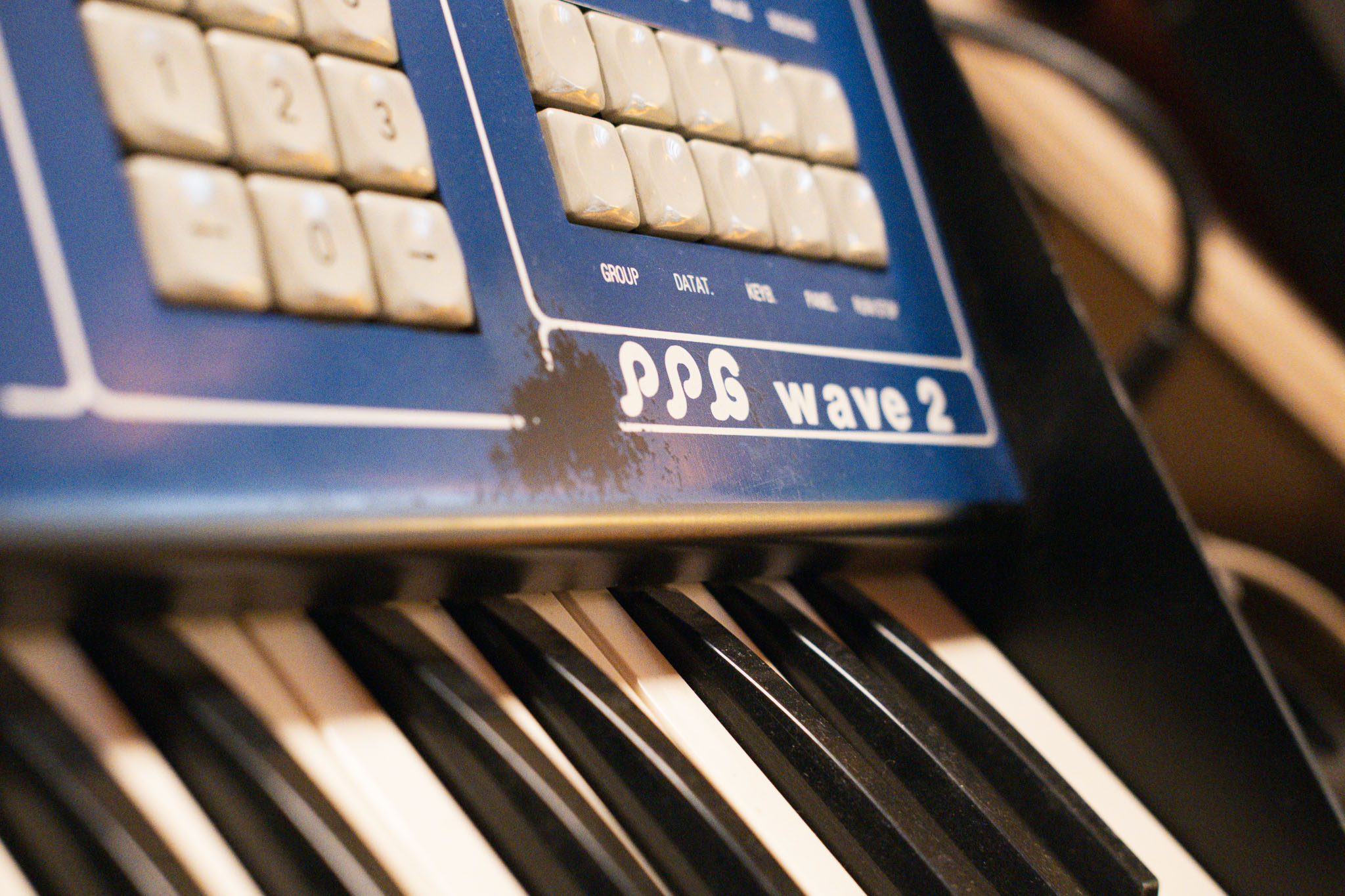
How do you most often start a new track?
A beat or some sort of rhythm.
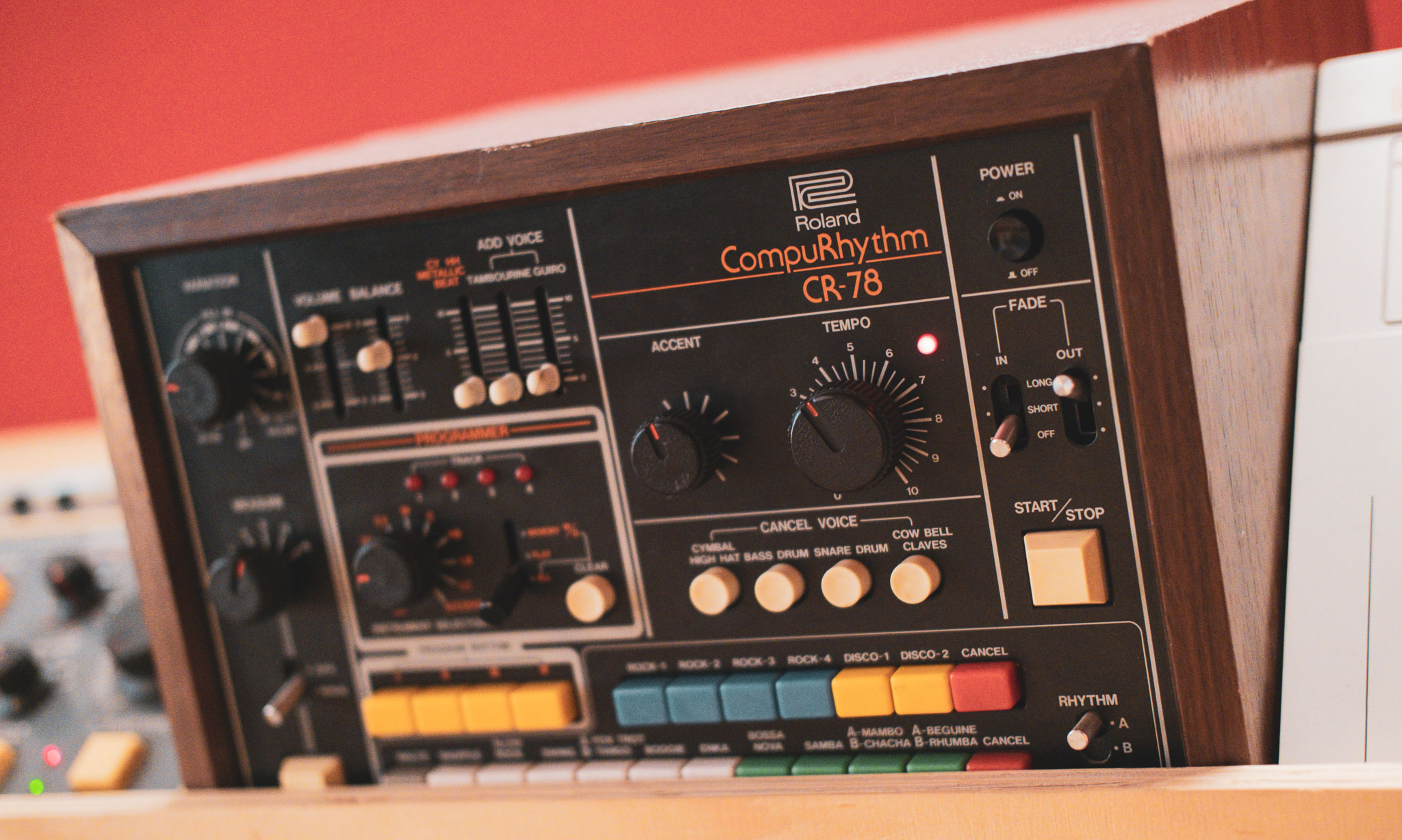
I’m not sure I’ve got a methodology or something. I least I can’t explain it. I don’t think about it really, but I just bang it out real fast. The rhythm.
I think the rhythm shows for me where the track goes. Also, I build a lot of my songs as a DJ. Which is a bit like putting music together like how I would build with Lego bricks. And I actually like it when it’s almost mechanically switching from one part to the other.

Even though I mix dub stuff, I grew up listening to a lot of jungle drum-and-bass, especially grime music from the UK, and most of that is so cheaply made and is so swiftly made, that you get, a part A and a part B, and they just switch. Just so rough and so simple.
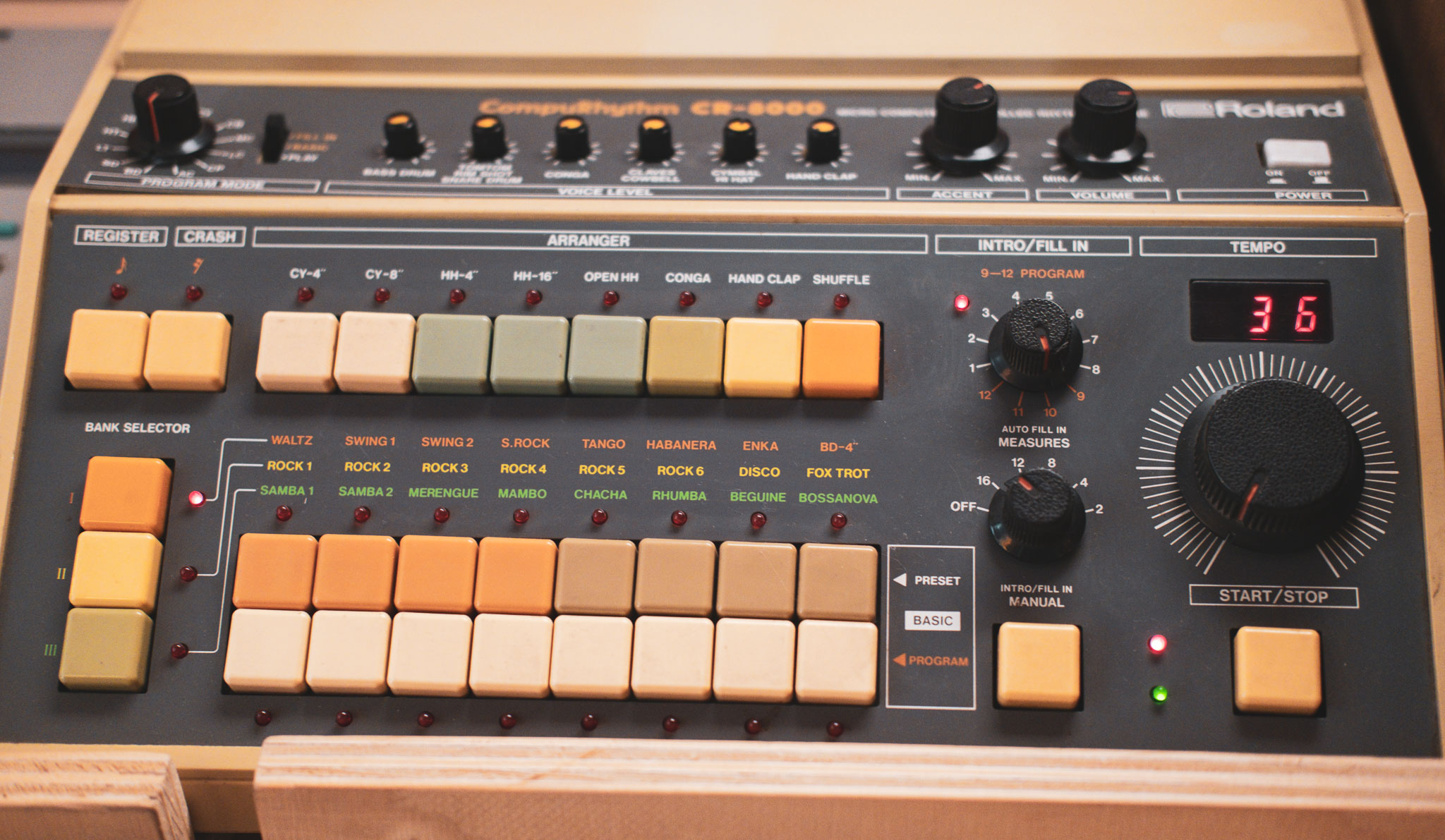
Before grime was called grime, it was called 8-bar, because the rappers just had 8 bars to rap on top of, before the song just switched sound, and I love that very, very simple almost mechanical way of building music. So I always tend to think of this as a DJ.
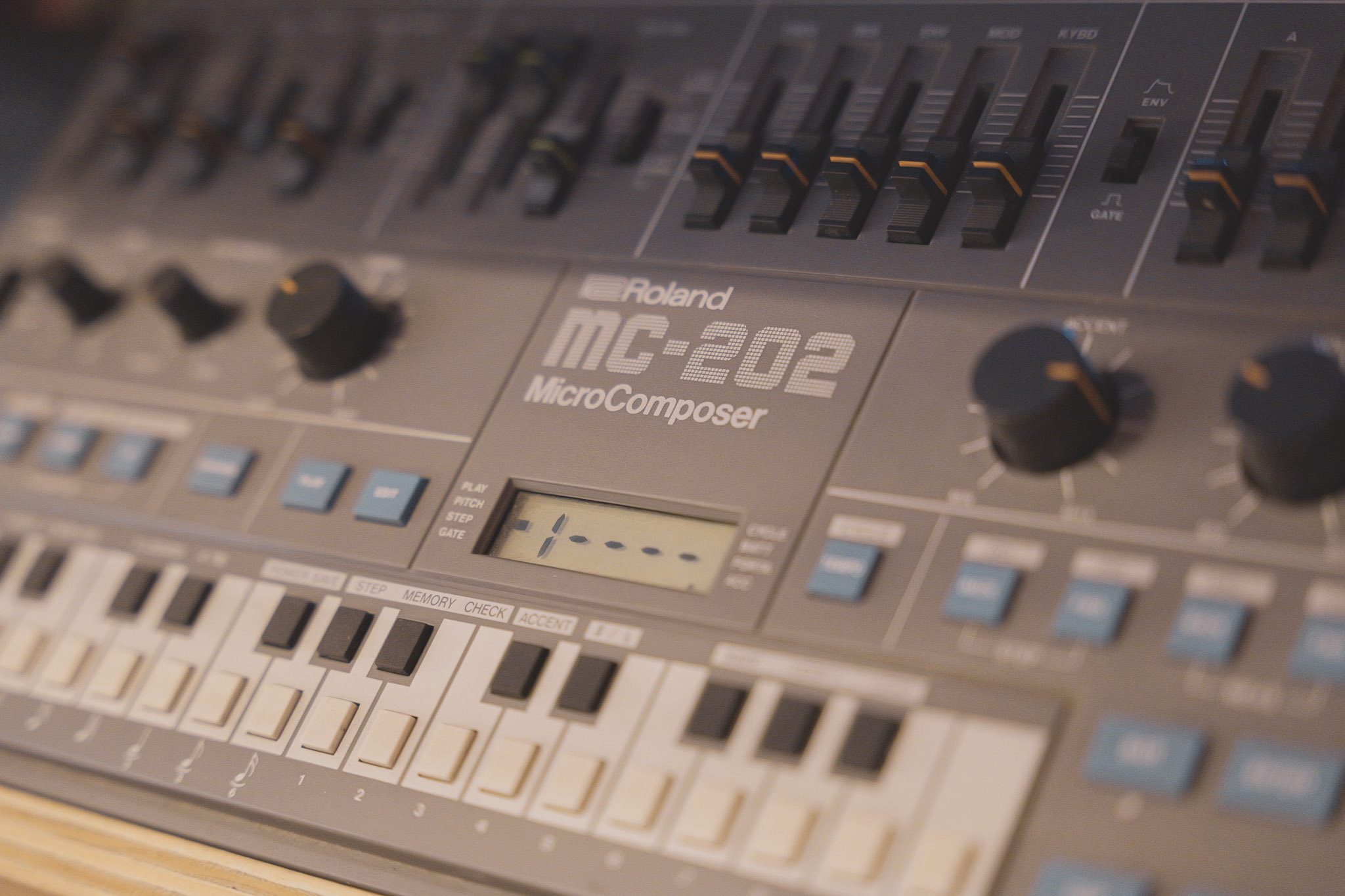
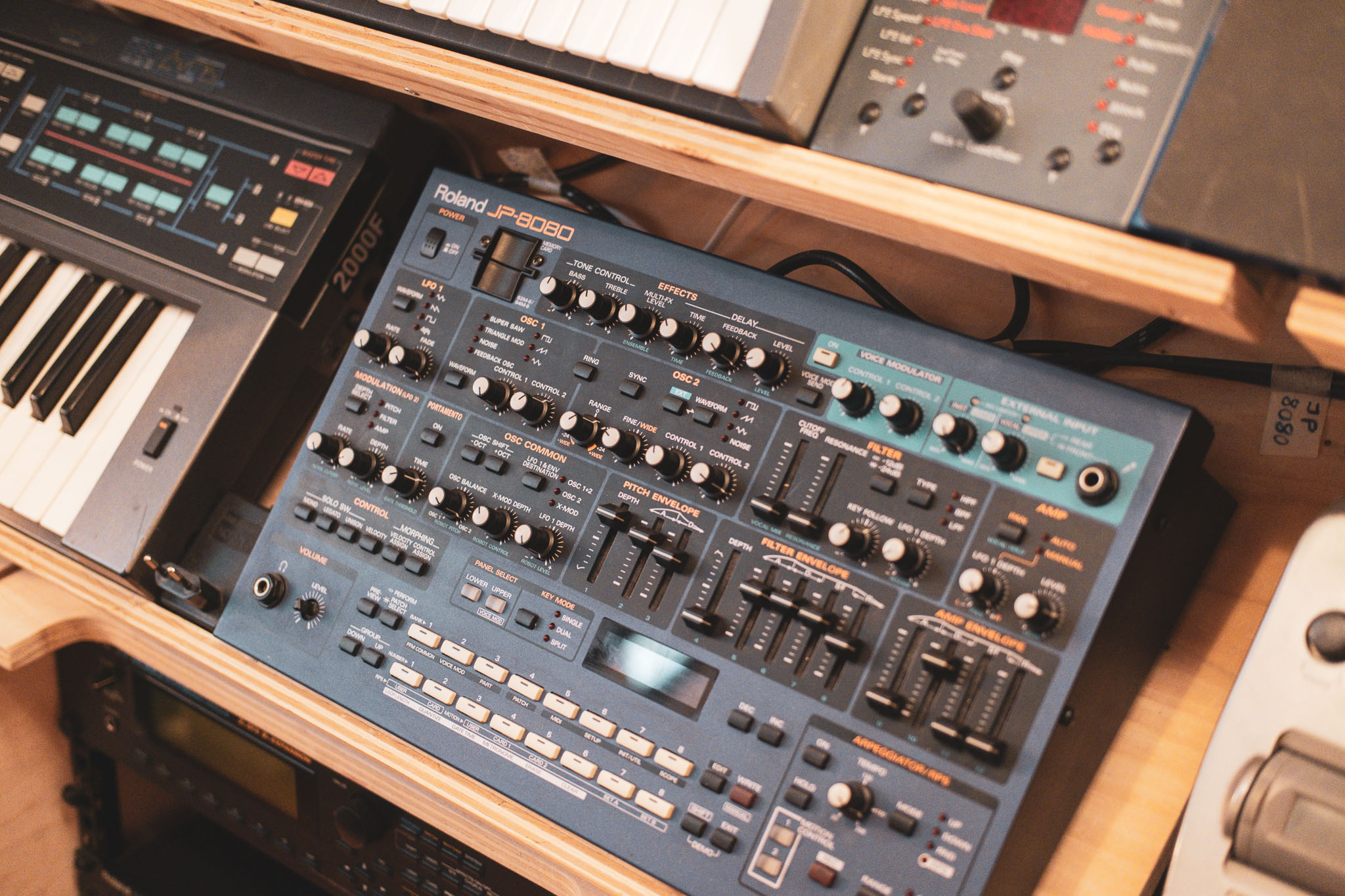
How do you know when a track is finished?
I test it out quite a lot… DJ’ing. I feel that it’s essential.
In bass music, people make dub plates. I used to cut a lot of plates. But I test tracks and I play them out a lot of times and then I listen. I’m listening to gauge audience reaction.
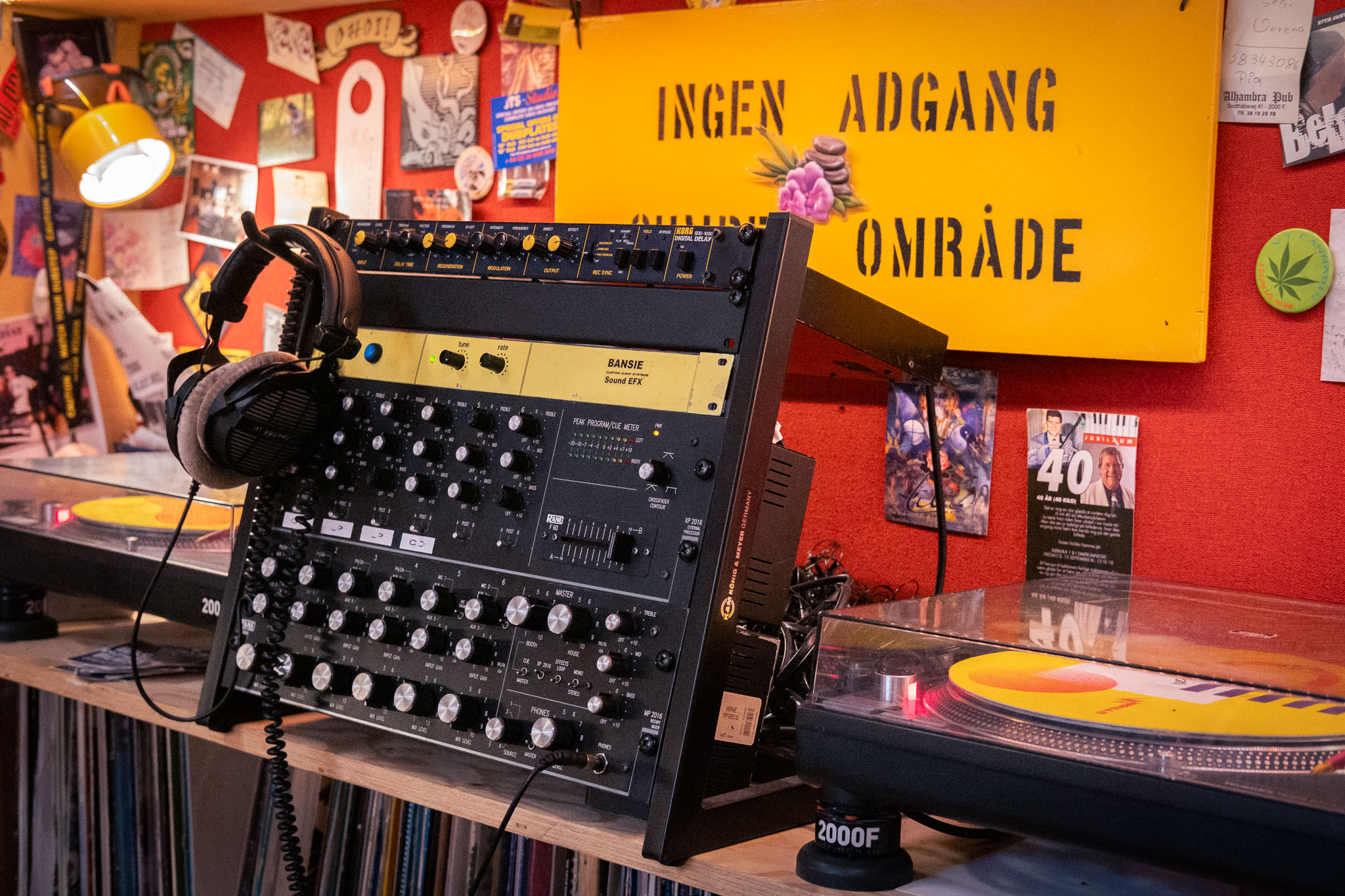
It’s actually mainly the response of people, if they appreciate or not. And what I do is even though it’s bass music, and it’s really aggressive, really dark. I like to make people almost implode.
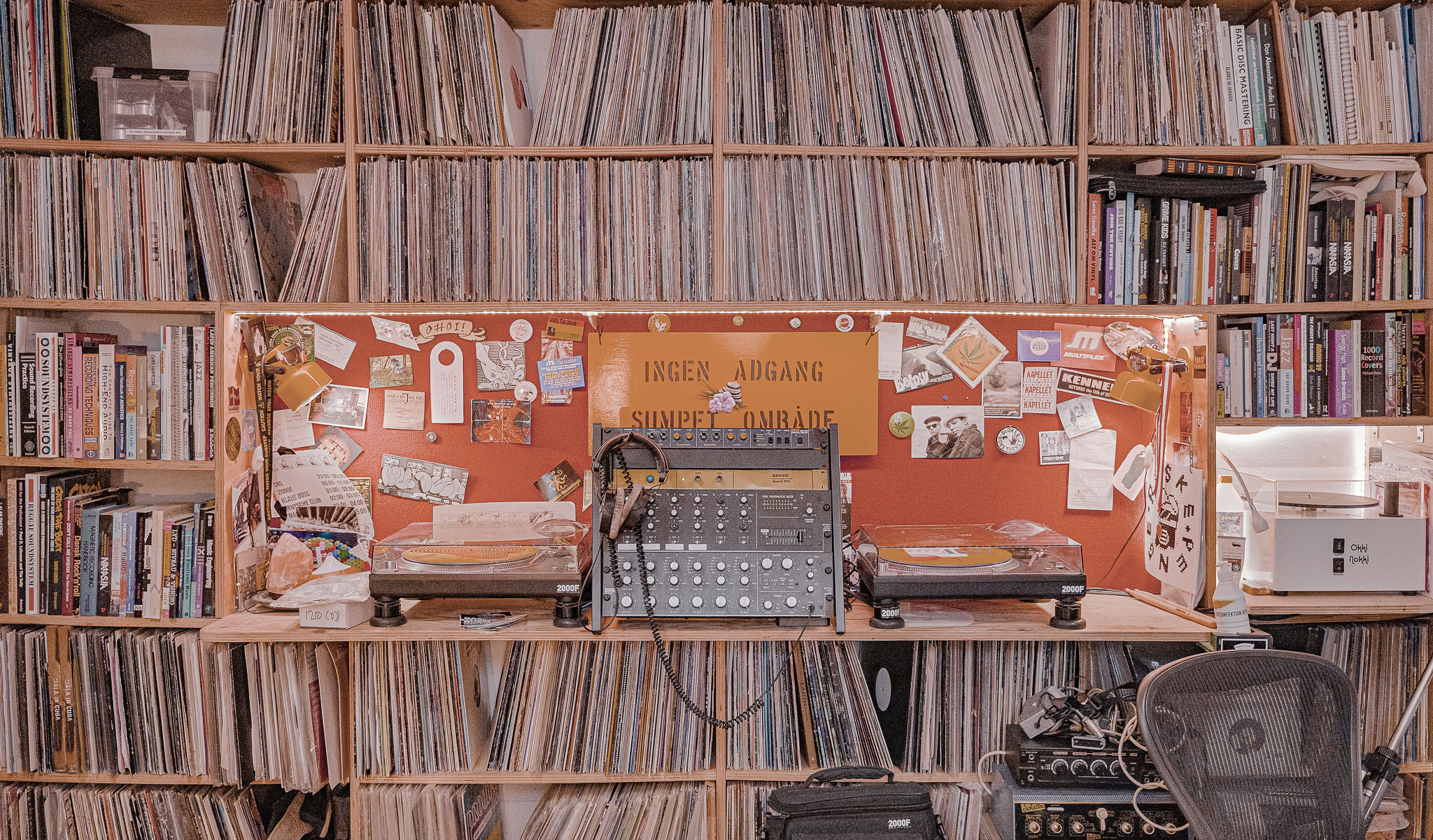
I do BassUnderBuen, which is huge rave with 10,000 people here in Copenhagen under a motorway. I’ll play two or three new tracks and I can just tell… ‘okay, this track really works, this one needs work’.
I gotta test it out on a proper dance club sound system. And then I come back to the studio and rework it a little bit.
Show us your current studio
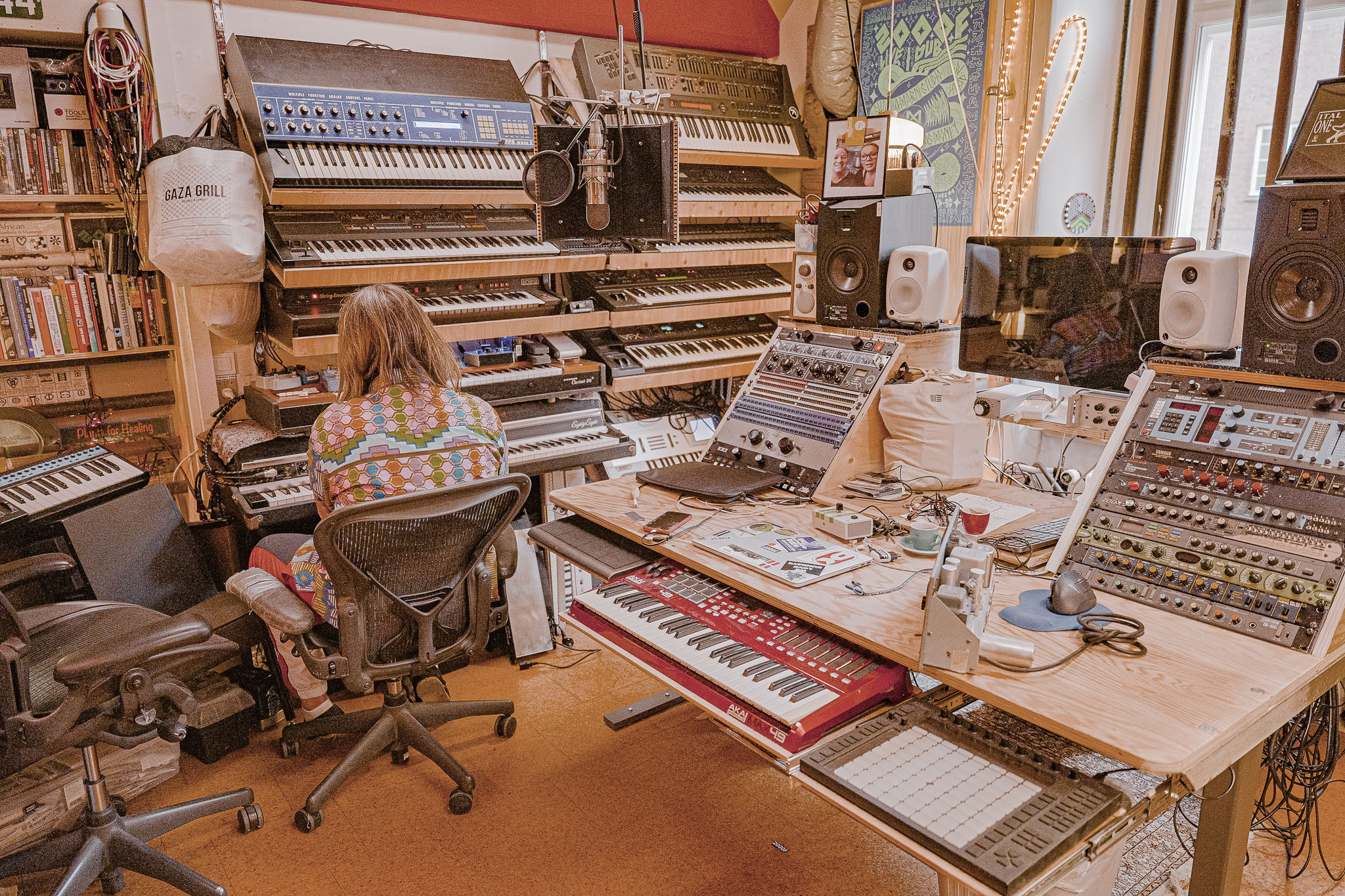
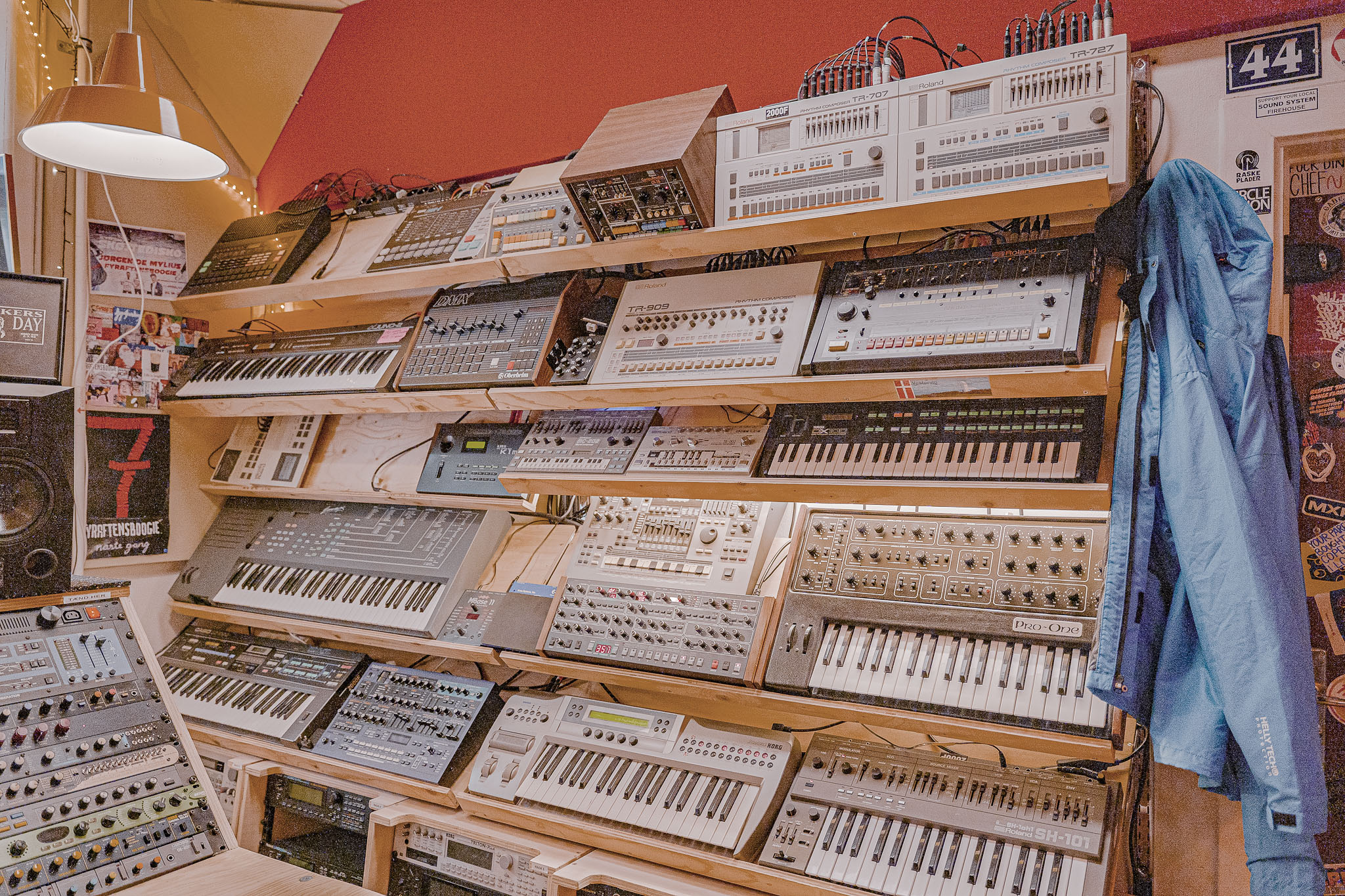
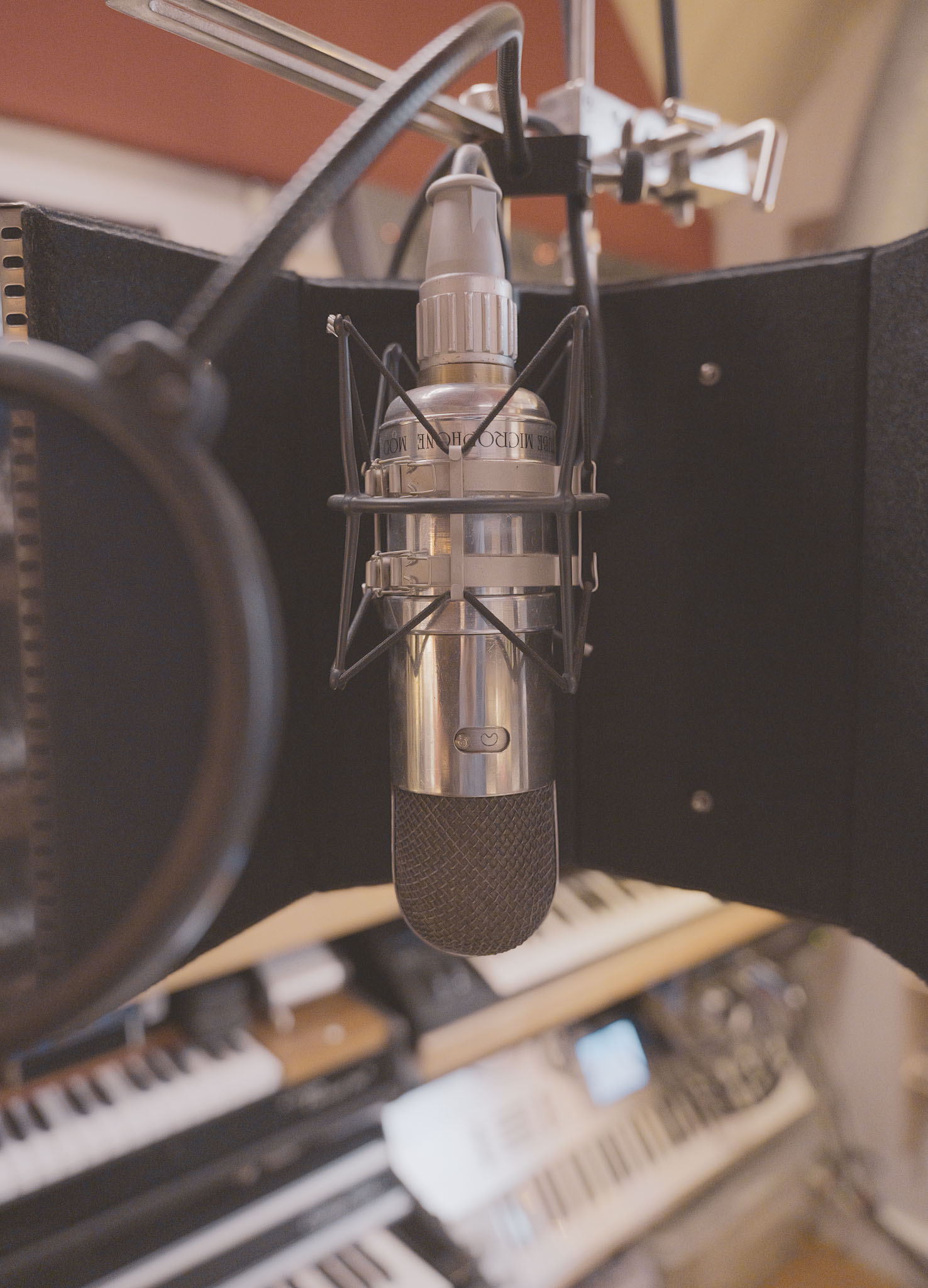
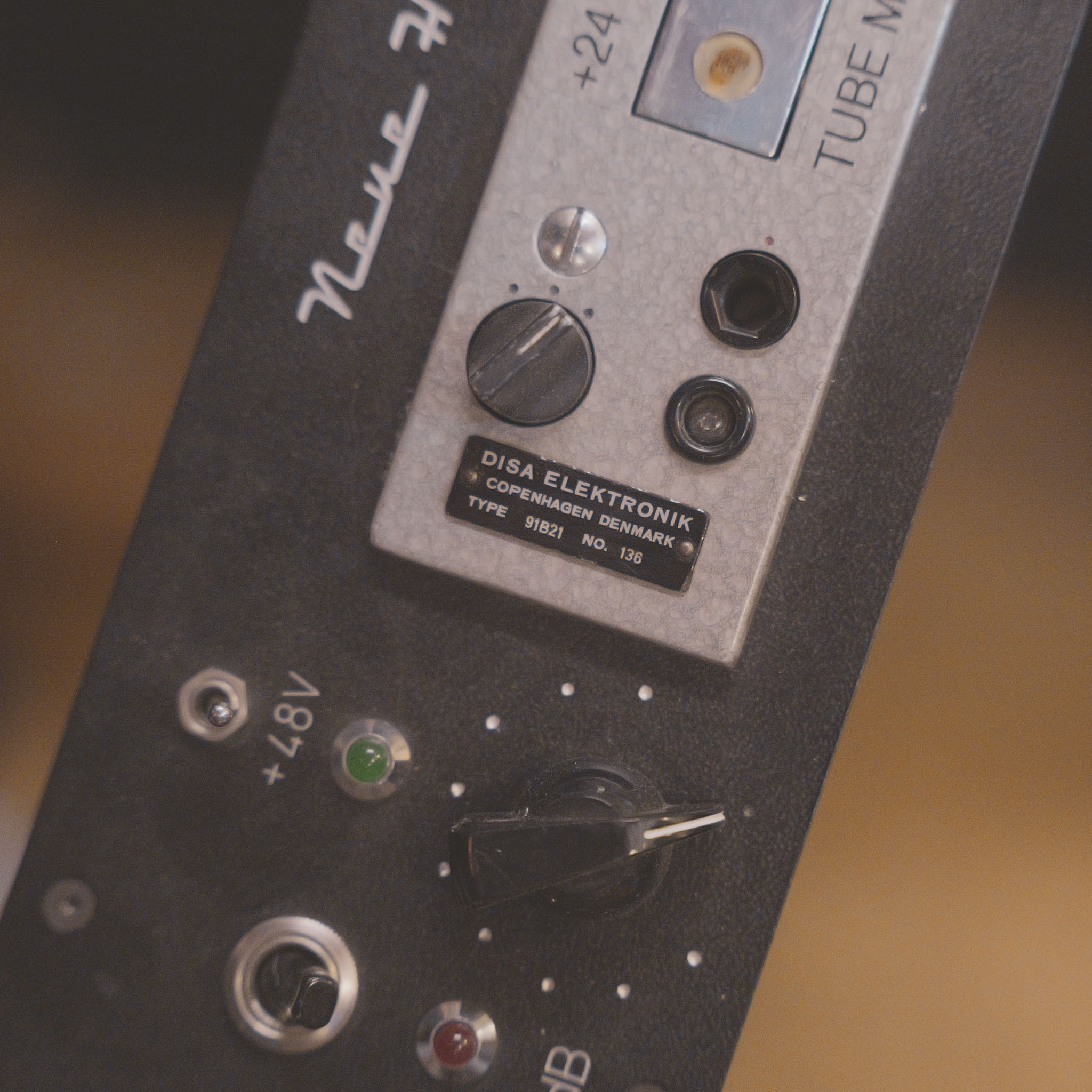
Best creative advice that you’ve ever heard?
This is for producers working specifically on computers, try to close your eyes as often as possible. You’ll listen differently.
Like when I have my analog mixer setup here in front of me, after I have built up the basic structure, all the stems, patterns, parts of the rhythm and the bass and so on…
Then I switch off the screen. Because I came to realize when I was in the studios, that the more I look while I mix, the more I know what is going to drop and what is going to happen. So I don’t listen as a person on the dance floor would.
The other thing I haven’t quite learned yet, but I’m trying to tell me myself all the time… is that if you’re doing edits or changes during the song structure that people need to notice in a club or in a rave situation.
It has to be very, very particular. I mean, keep it simple and obvious.
Another thing, don’t do social media. Do music.
